When it comes to lower body strength and development the leg press and hack squat machines are a staple in many gyms. They hit the quadriceps, hamstrings, glutes and calves so they are a must for building strong and balanced legs. But to get the most out of them and minimize the risk of injury you need to master the form and posture. This blog will go over the technique for using the leg press and hack squat machines.
Why Technique Matters
Exercising with good form for several reasons:
-
Max Muscle Engagement: Good technique means the muscles you want to work are being worked to their maximum.
-
Injury Prevention: Bad form can put unnecessary stress on joints, ligaments and muscles and increase the risk of strains, sprains and other injuries.
-
Efficiency: Good technique means smoother, more controlled movements and better workout efficiency and effectiveness.
-
Progression: Consistent good form is the foundation for progressive overload and continuous strength and muscle gains.
Leg Press: The Technique
The leg press machine is great for isolating the lower body muscles without putting too much stress on the back. Here’s how to do it:
1. Starting Position
-
Seat Adjustment: Adjust the seat so when your feet are on the platform your knees are at a 90 degree angle. This will give you maximum muscle engagement and reduce knee stress.
-
Foot Placement: Place your feet shoulder width apart on the platform. Depending on your goals you can adjust the foot placement:
-
Higher Stance: Hits the hamstrings and glutes.
-
Lower Stance: Hits the quads more.
-
Back and Head Support: Make sure your back and head are against the seat and backrest. This will give you stability and support throughout the movement.
2. Movement
-
Controlled Descent: Slowly bend your knees to lower the platform. Don’t let the weight slam down.
-
Depth of Movement: Lower until your knees are at a 90 degree angle. Going deeper will increase muscle activation but may also increase the risk of injury if you’re not flexible.
-
Pressing Up: Push through your heels to extend your legs and get back to the starting position. Don’t lock your knees at the top of the movement to keep the muscles under tension.
3. Mistakes to Avoid
-
Locking Knees: Fully extending the legs will strain the knee joint and reduce muscle engagement.
-
Feet too high or too low: Incorrect foot placement will shift the emphasis away from the target muscles and increase joint stress.
-
Too much weight: Overloading the machine will compromise form and increase the risk of injury. Start with lighter weights and increase as you get stronger.
-
Not Controlling the Movement: Fast and uncontrolled movements will give you poor muscle engagement and potential injuries.
Hack Squat: Squat Perfectly
The hack squat machine is like a traditional squat but with more support so it’s great for those who want to isolate leg muscles while keeping the back safe.
1. Starting Position
-
Foot Placement: Place your feet shoulder width apart on the platform, toes slightly outward. This stance will target the quads better.
-
Back and Shoulders: Place your shoulders under the padded supports and make sure your back is flat against the backrest. Alignment is key to prevent lower back strain.
-
Knee Alignment: Keep your knees in line with your toes throughout the movement to maintain joint integrity.
2. Movement
-
Descending: Slowly bend your knees to lower your body, back against the backrest. Lower until your thighs are at least parallel to the platform or slightly below depending on your flexibility.
-
Ascending: Push through your heels to extend your legs and get back to the starting position. Control and don’t use momentum to lift the weight.
-
Breathing: Inhale during the descent and exhale as you push back up to help with movement control and stability.
3. Mistakes to Avoid
-
Leaning Forward: Allowing the upper body to lean too much will strain the lower back and reduce quad activation.
-
Uneven Knee Tracking: Knees caving inward or outward will disrupt joint alignment and increase injury risk.
-
Not Full Range of Motion: Not lowering enough will limit muscle engagement and growth.
-
Overloading the Machine: Like the leg press, using too much weight will compromise form and safety.
How to Engage the Muscles
-
Mind-Muscle Connection: Focus on feeling the muscles work on each rep. This mental engagement will increase muscle activation and growth.
-
Controlled Tempo: Use a slow and steady tempo, 2 seconds down and 1 second up to increase time under tension.
-
Full Range of Motion: Make sure to fully extend and contract the muscles by doing full movements without compromising form.
-
Proper Breathing: Keep a consistent breathing pattern to support muscle function and stability.
-
Progressive Overload: Increase the weight or resistance to challenge your muscles and stimulate growth.
Injury Prevention
-
Warm-Up: Do dynamic stretching and light cardio to prepare the muscles and joints for the workout.
-
Use Right Weights: Choose weights that you can do the exercises with proper form throughout all reps.
-
Listen to Your Body: Pay attention to any discomfort or pain. If it feels wrong, stop and reassess your form or reduce the weight.
-
Balanced Training: Do exercises that target all major muscle groups to ensure overall strength and reduce muscle imbalances.
-
Hydrated and Nourished: Proper hydration and nutrition will support muscle function and recovery and reduce injury risk.
Conclusion
Master the technique on leg press and hack squat machines to maximize muscle gains and minimize injuries. Focus on proper form, controlled movement and mindful muscle engagement to get the most out of these machines to build stronger, more defined legs. Start with manageable weights, prioritize safety and progress gradually to ensure continuous progress and long term fitness success. Whether you’re a seasoned lifter or a beginner, incorporating these principles into your routine will improve your lower body workouts and overall strength and athleticism.

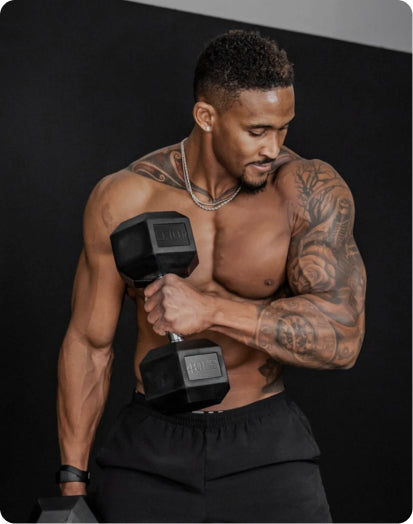
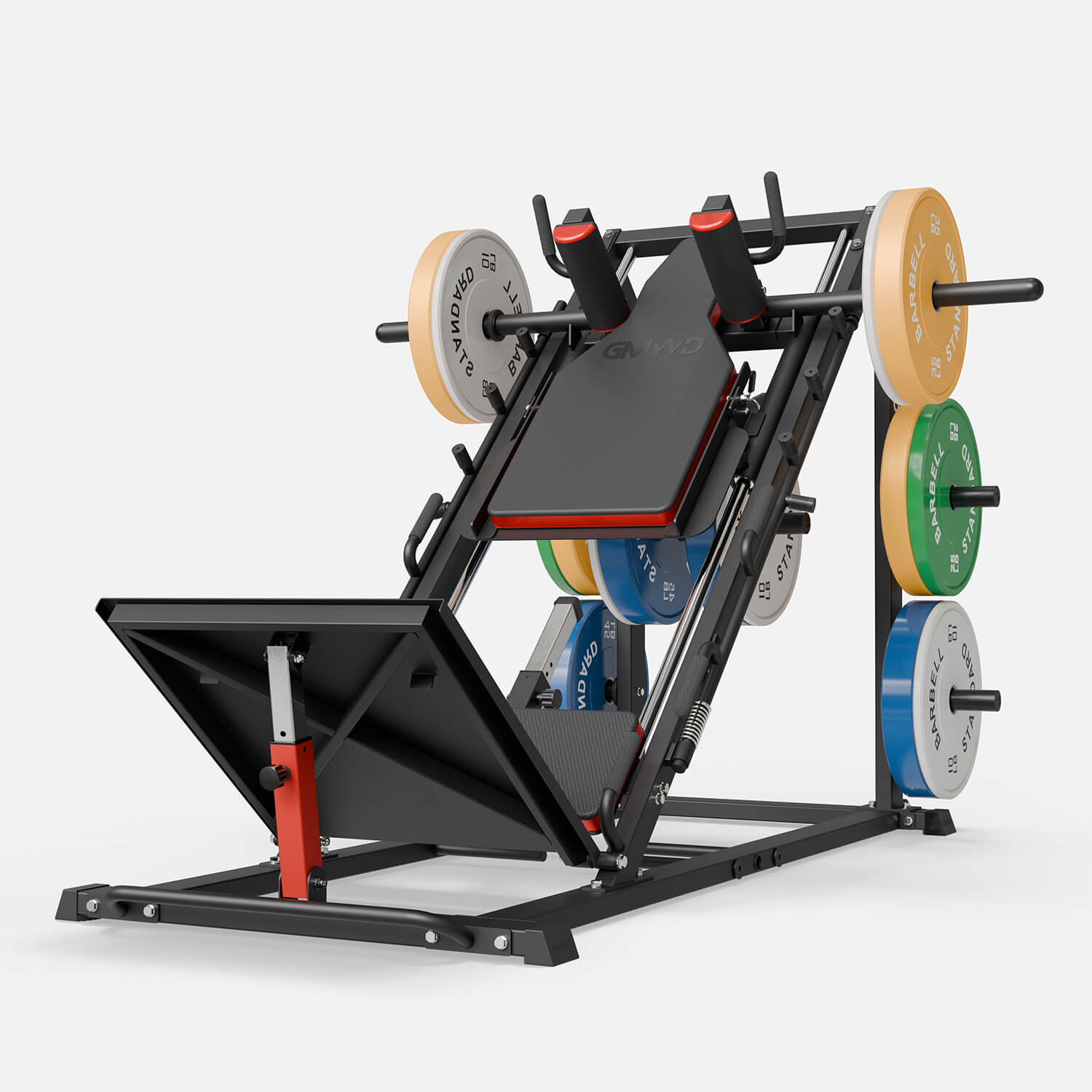
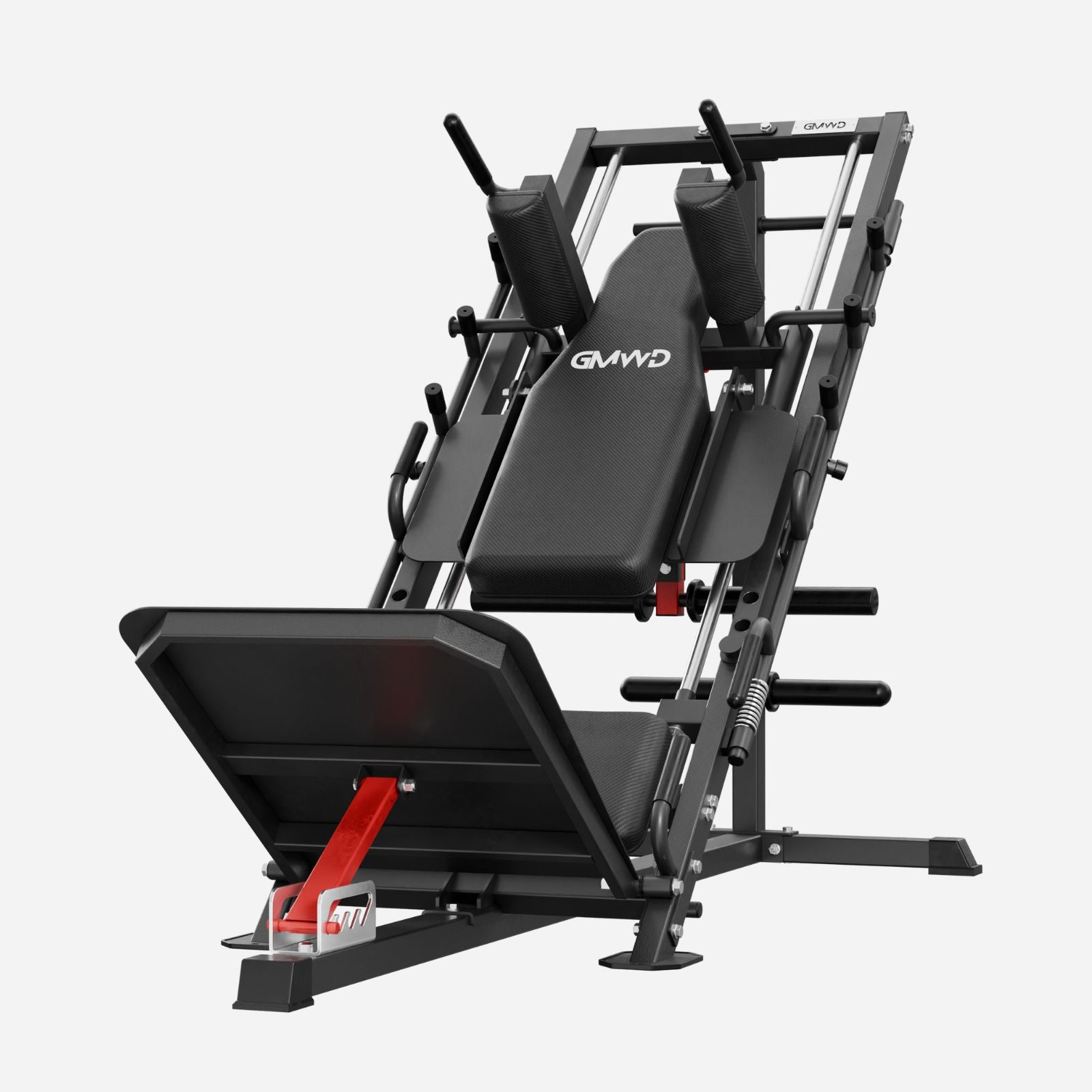

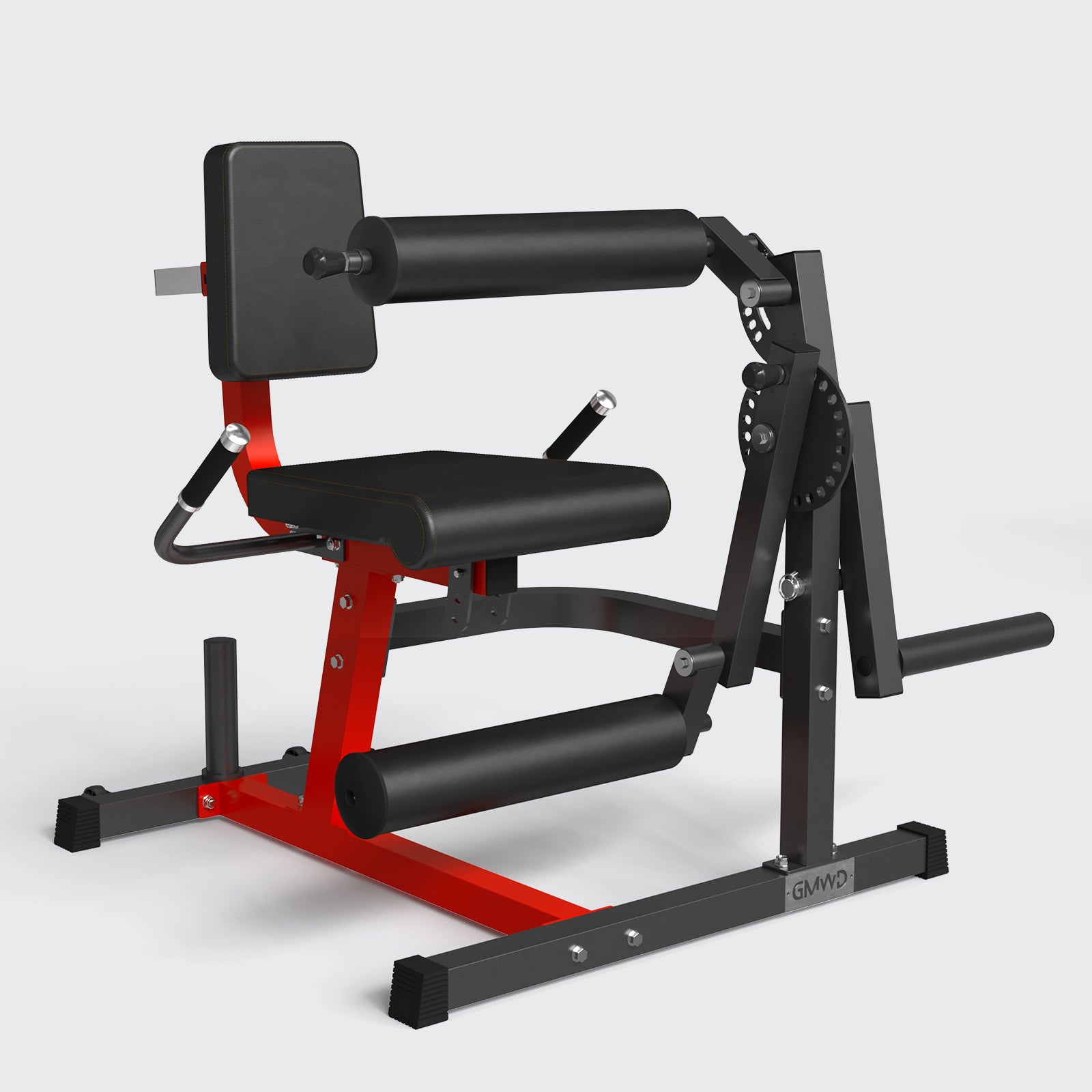
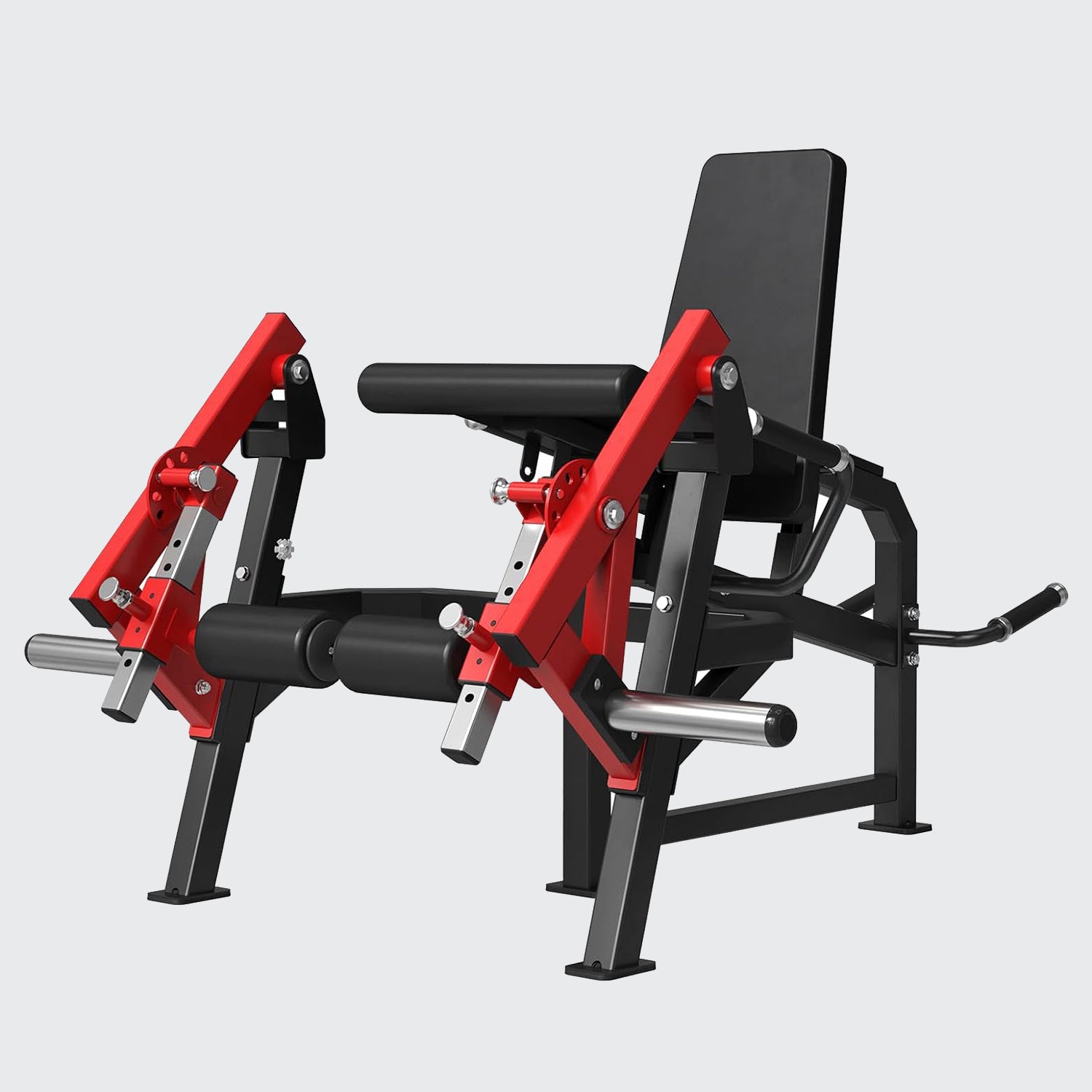
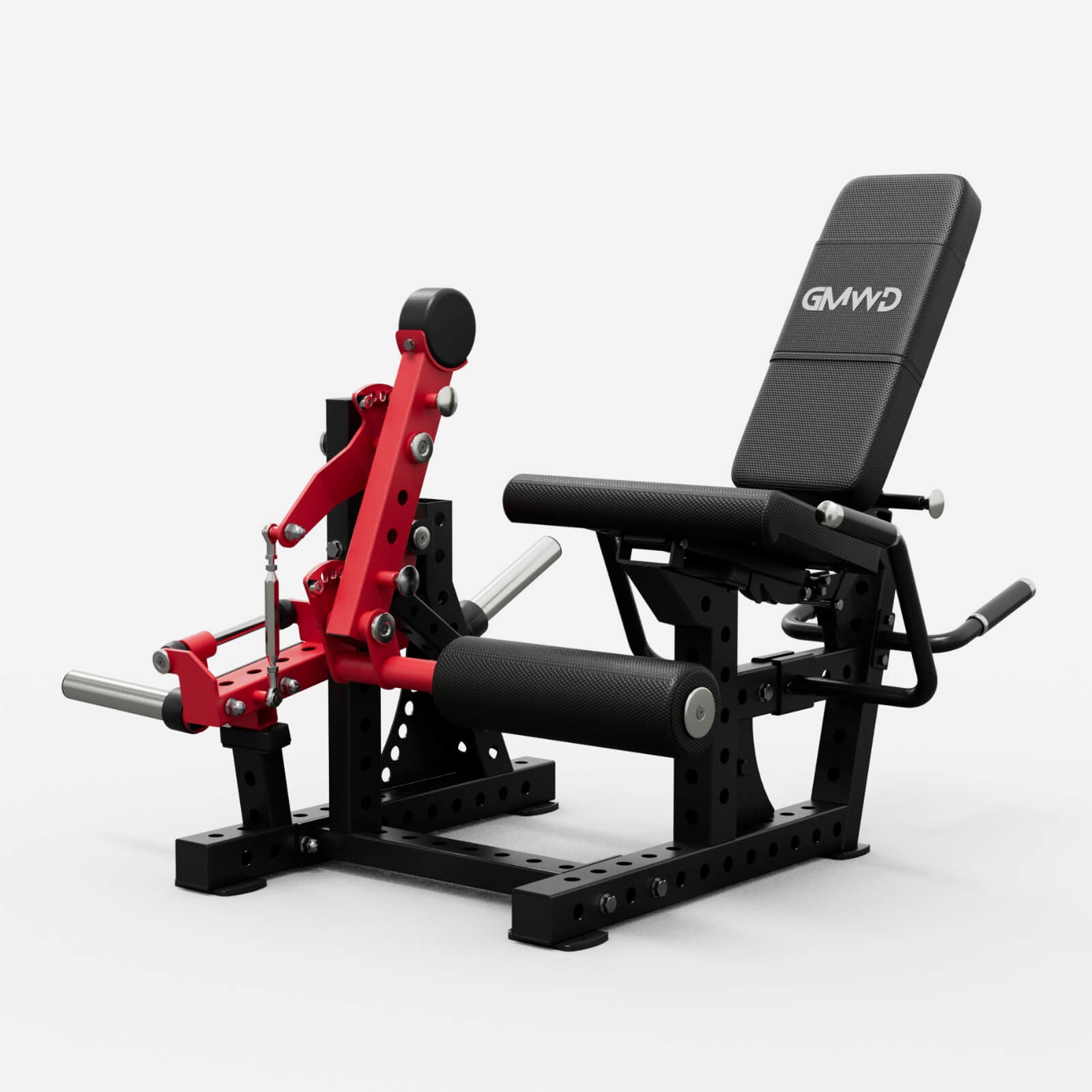
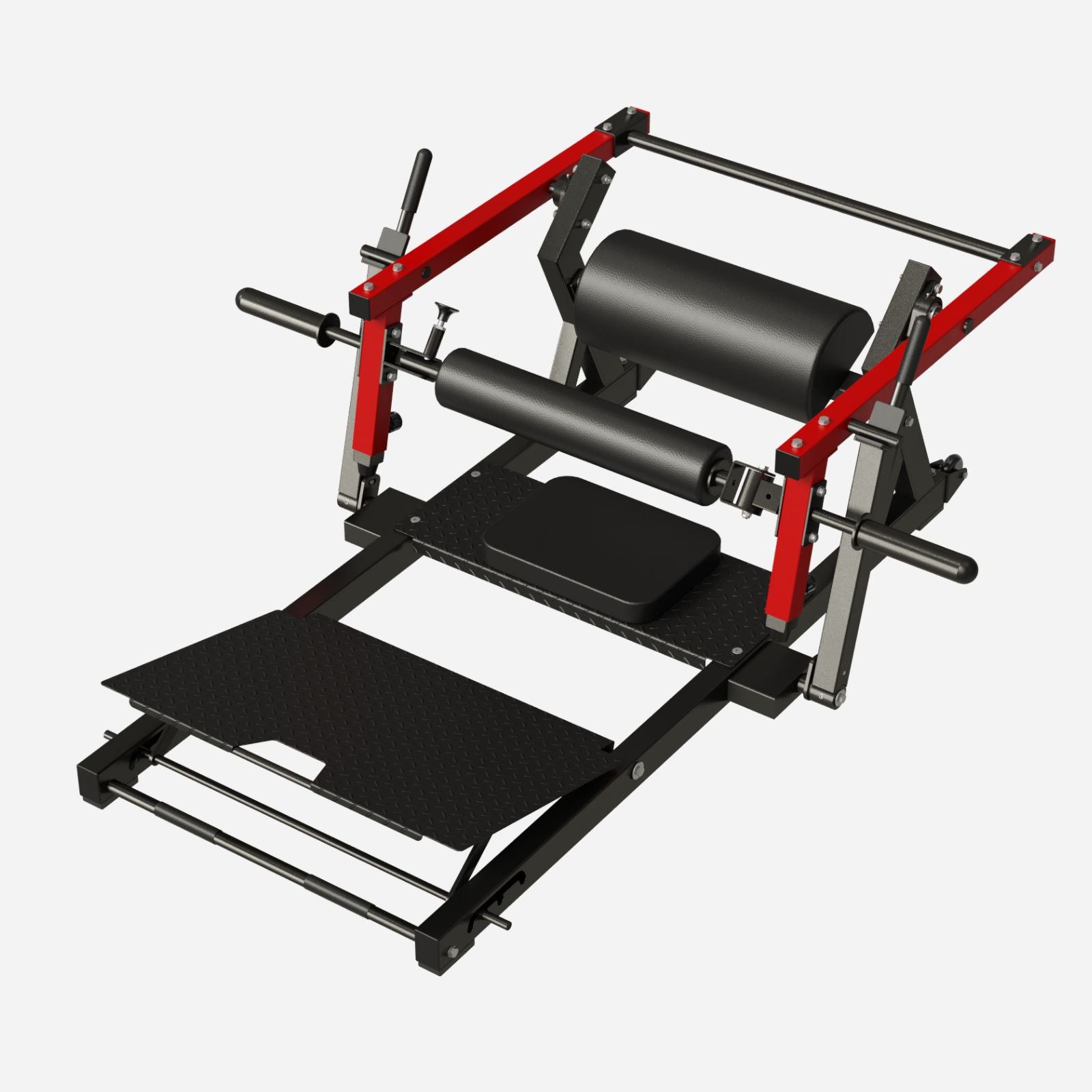
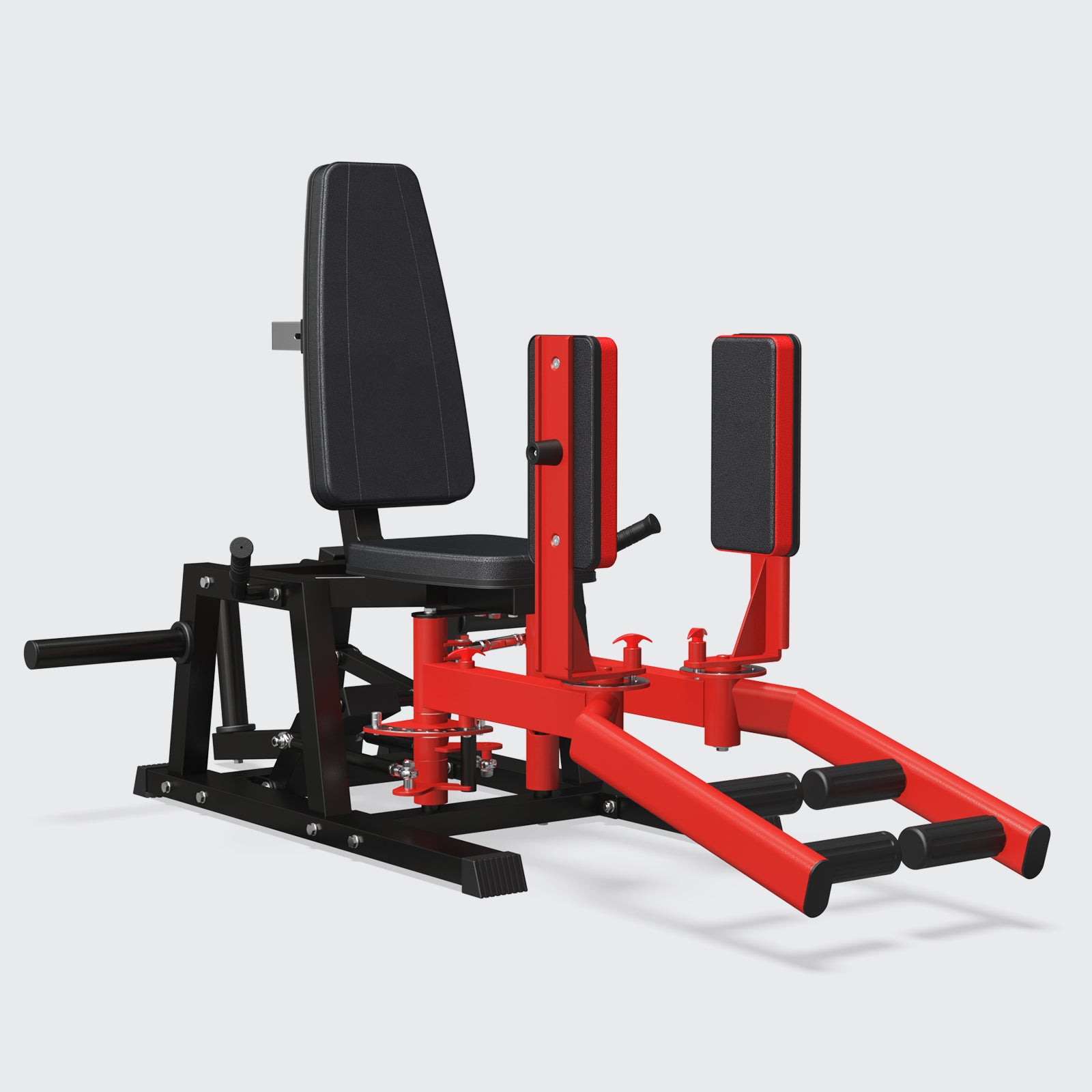
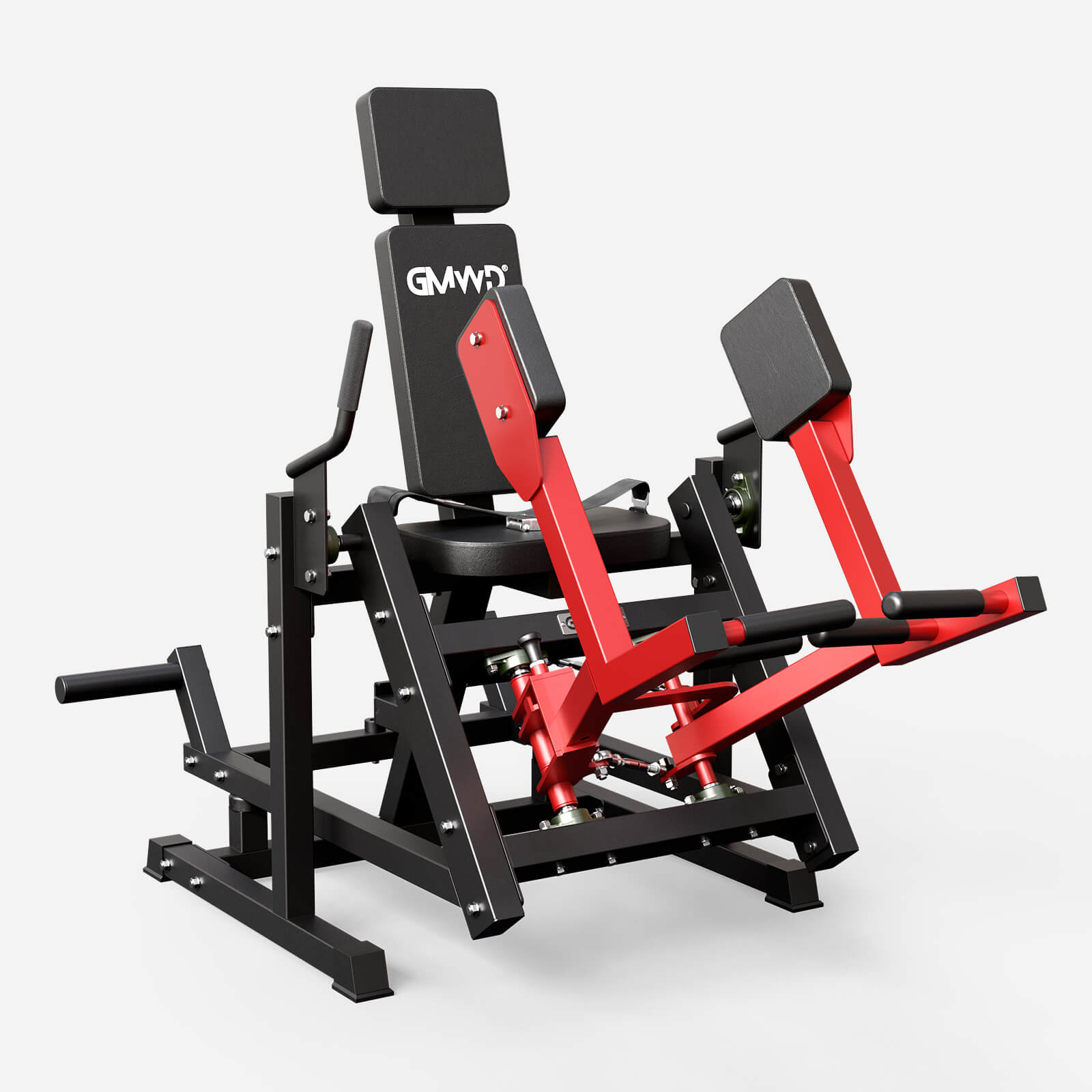
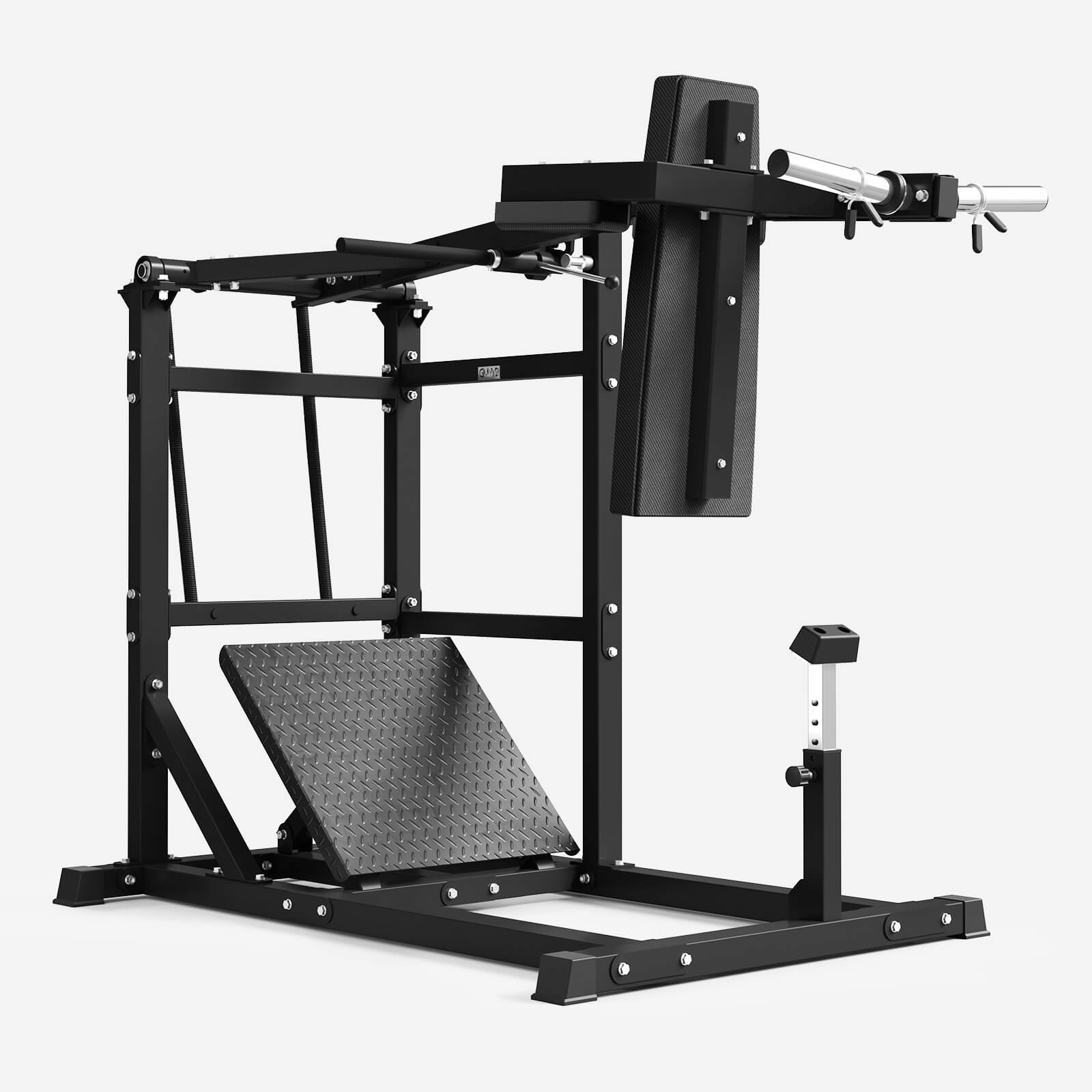
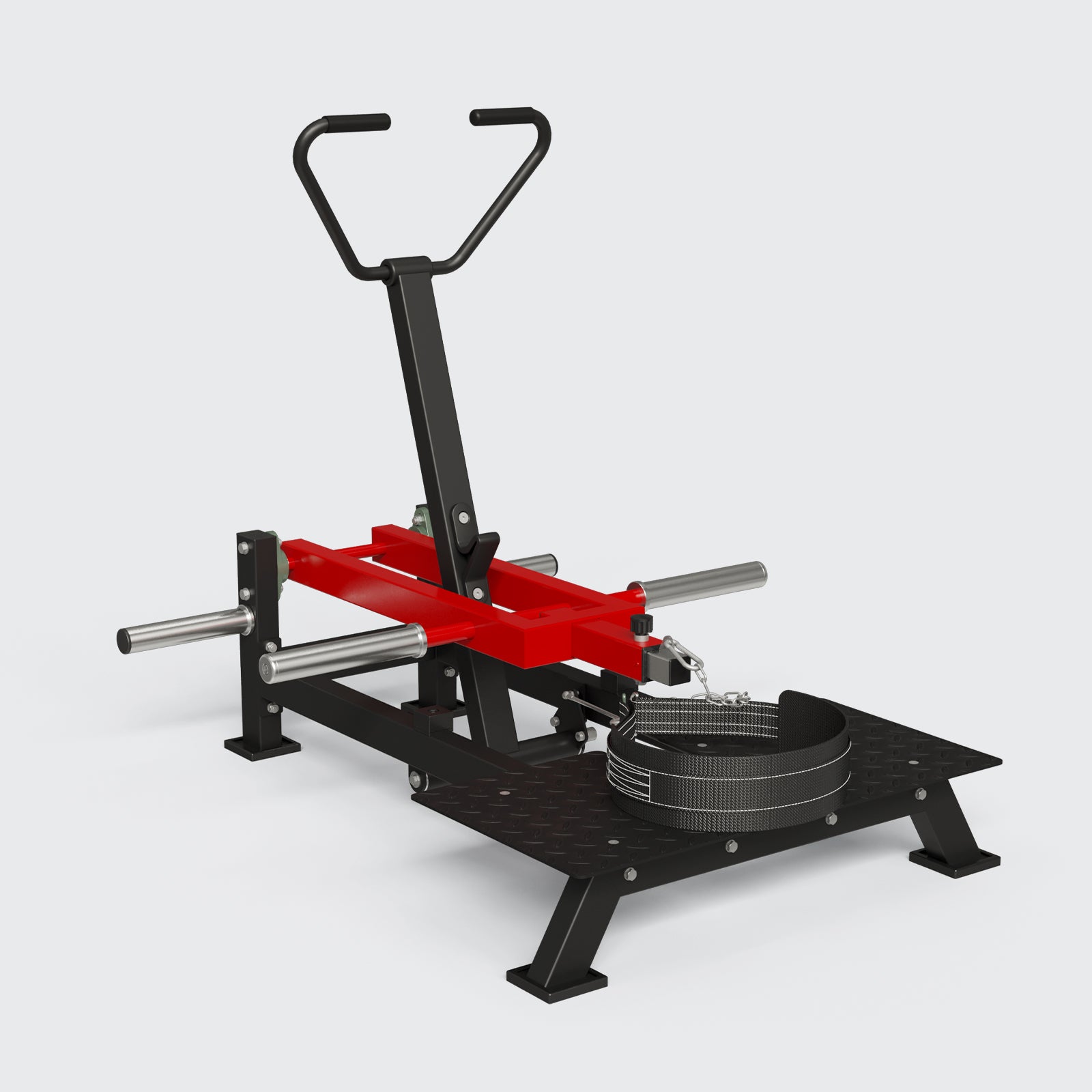
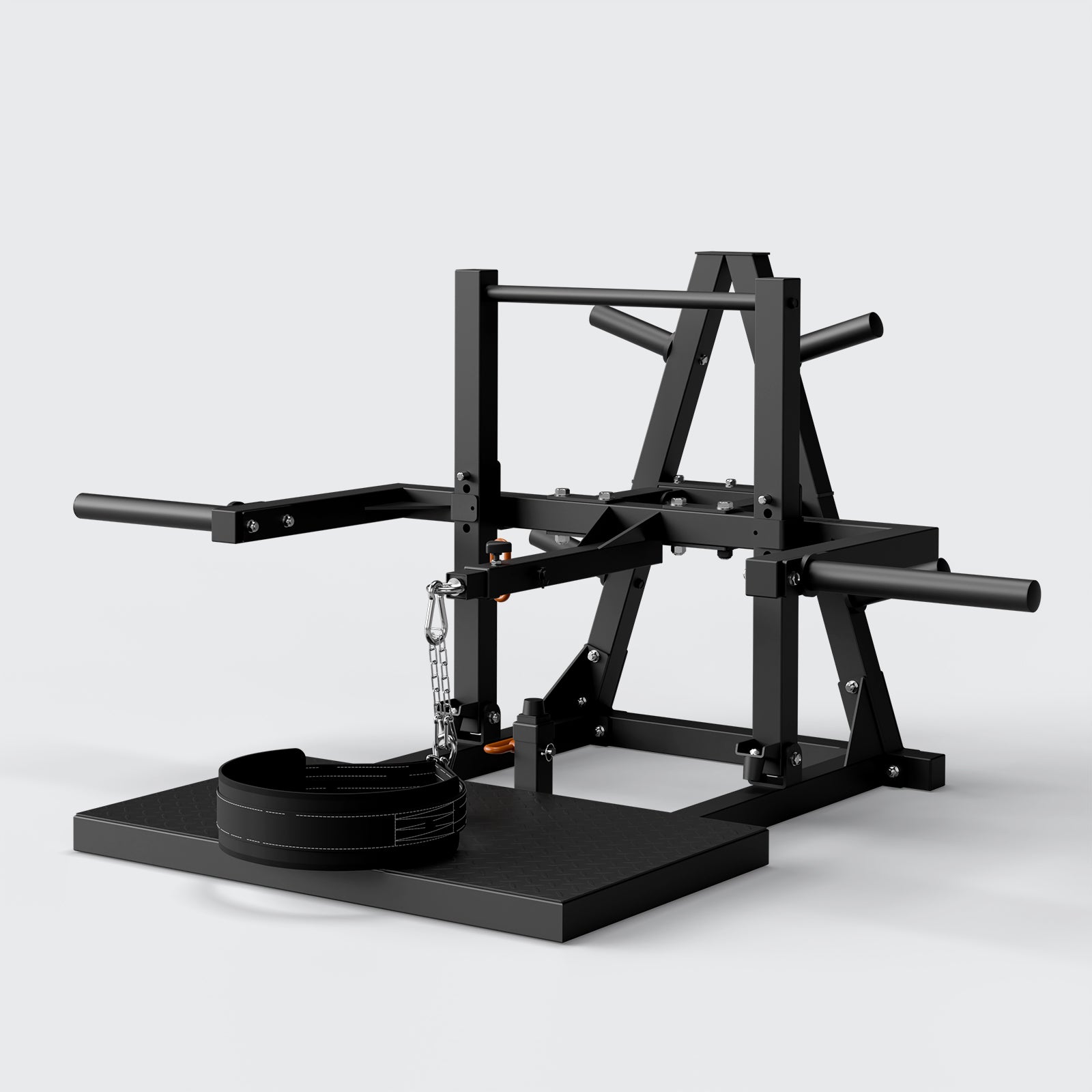
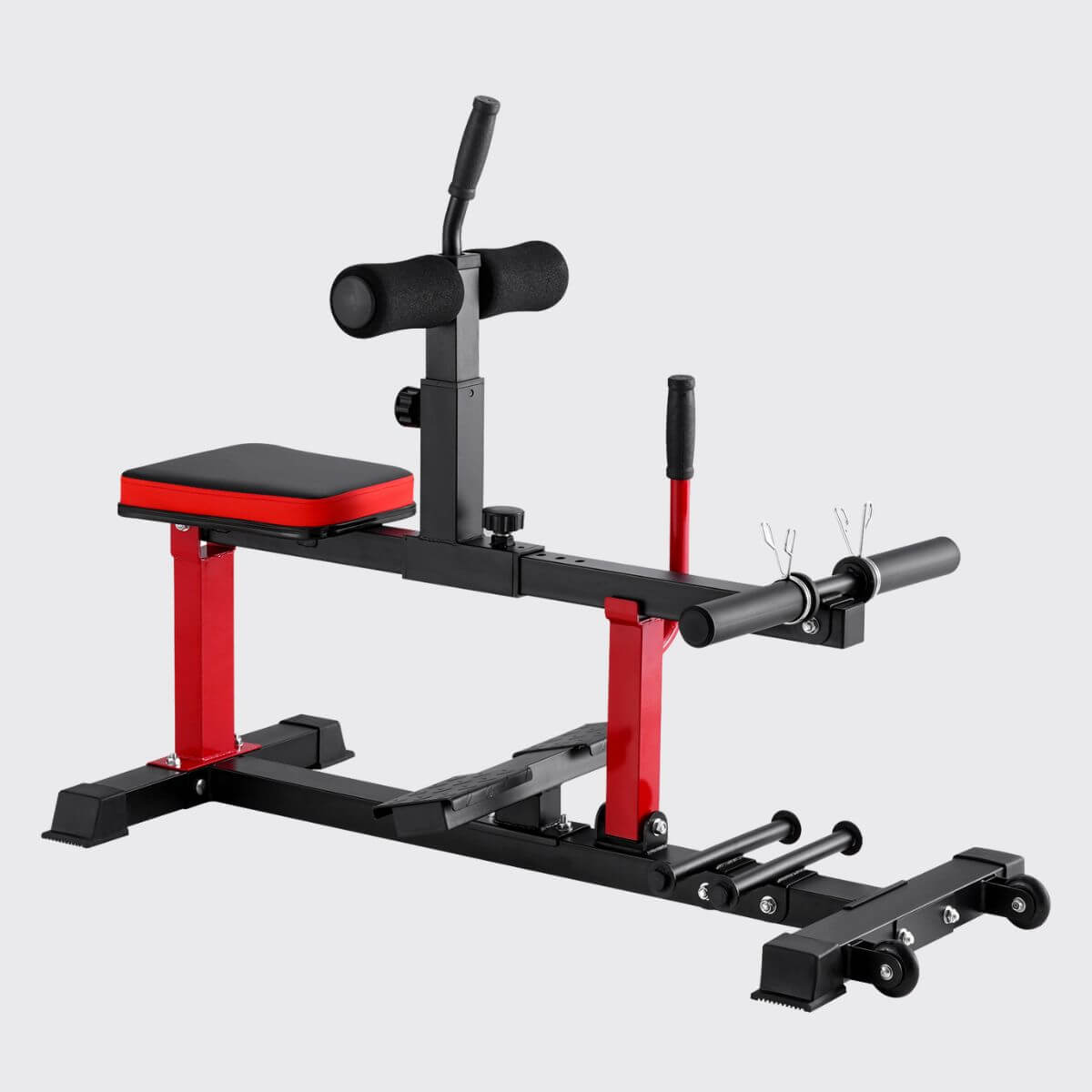
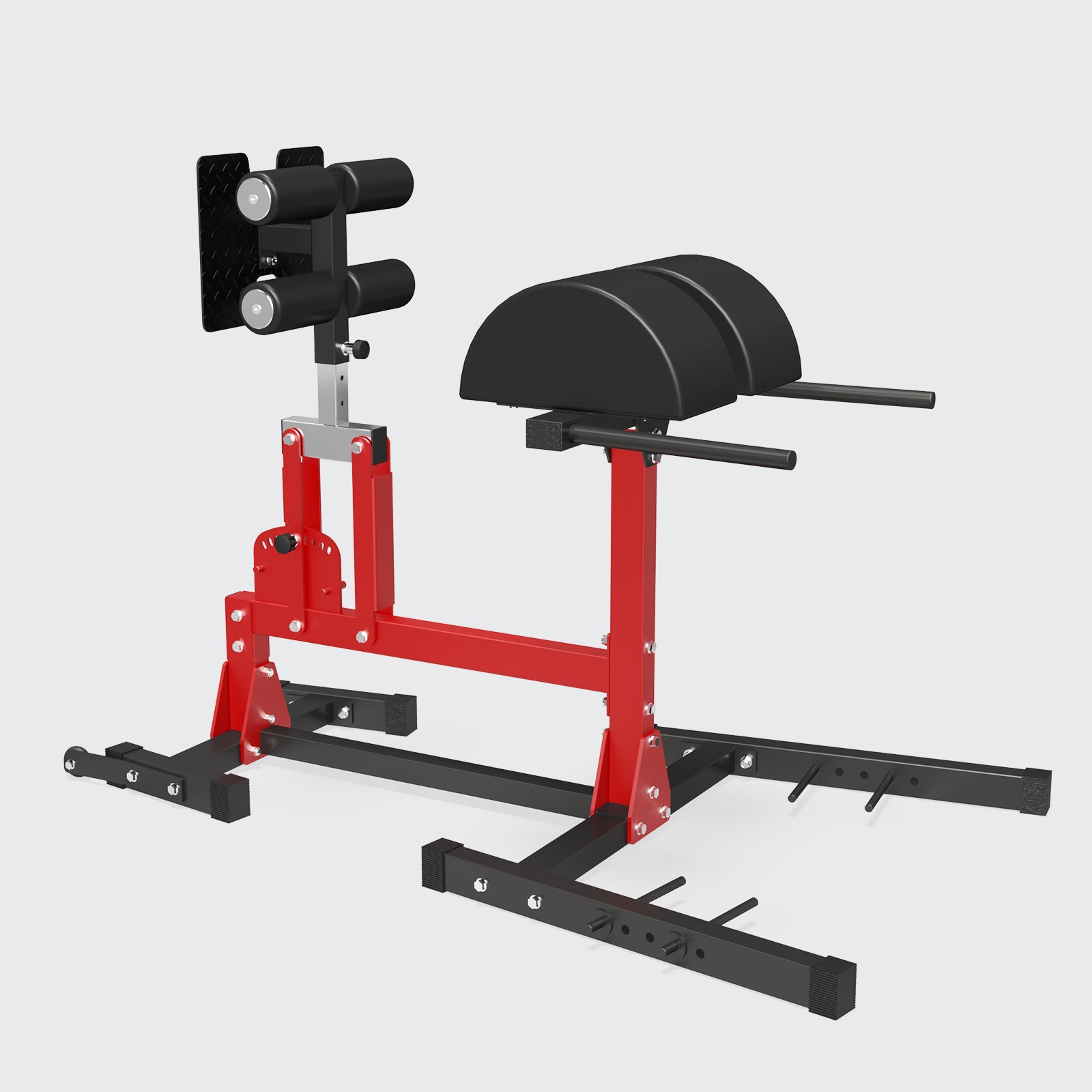
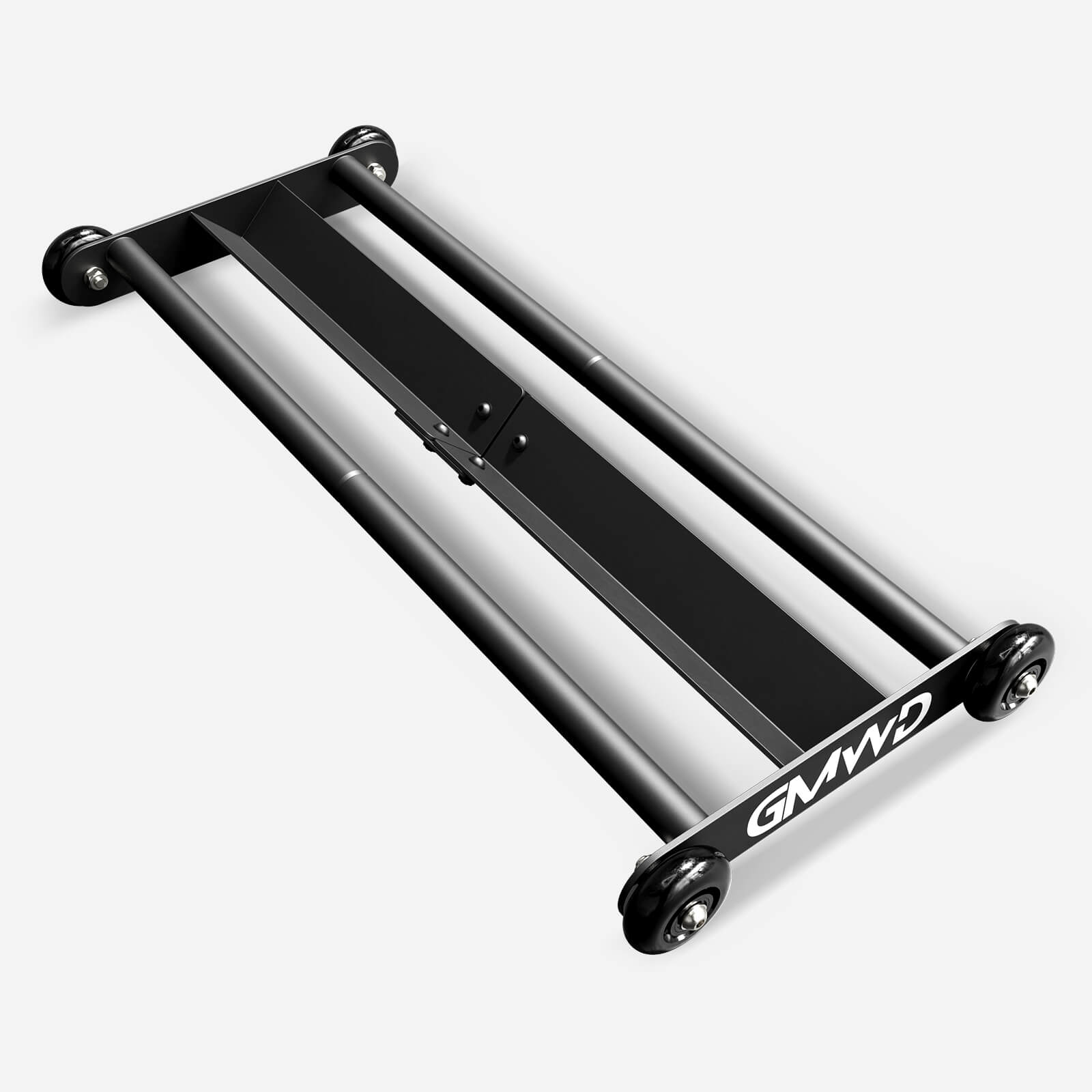
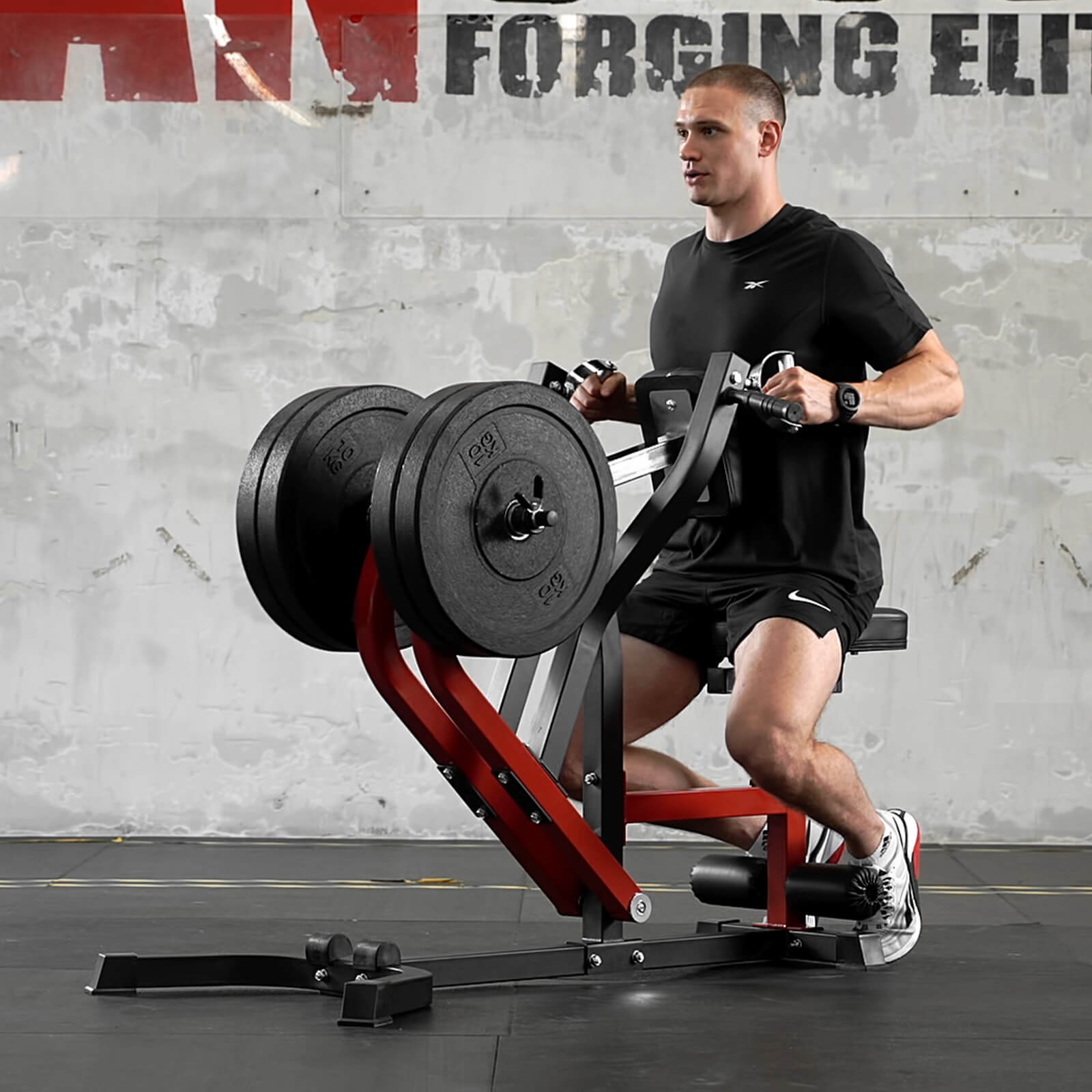
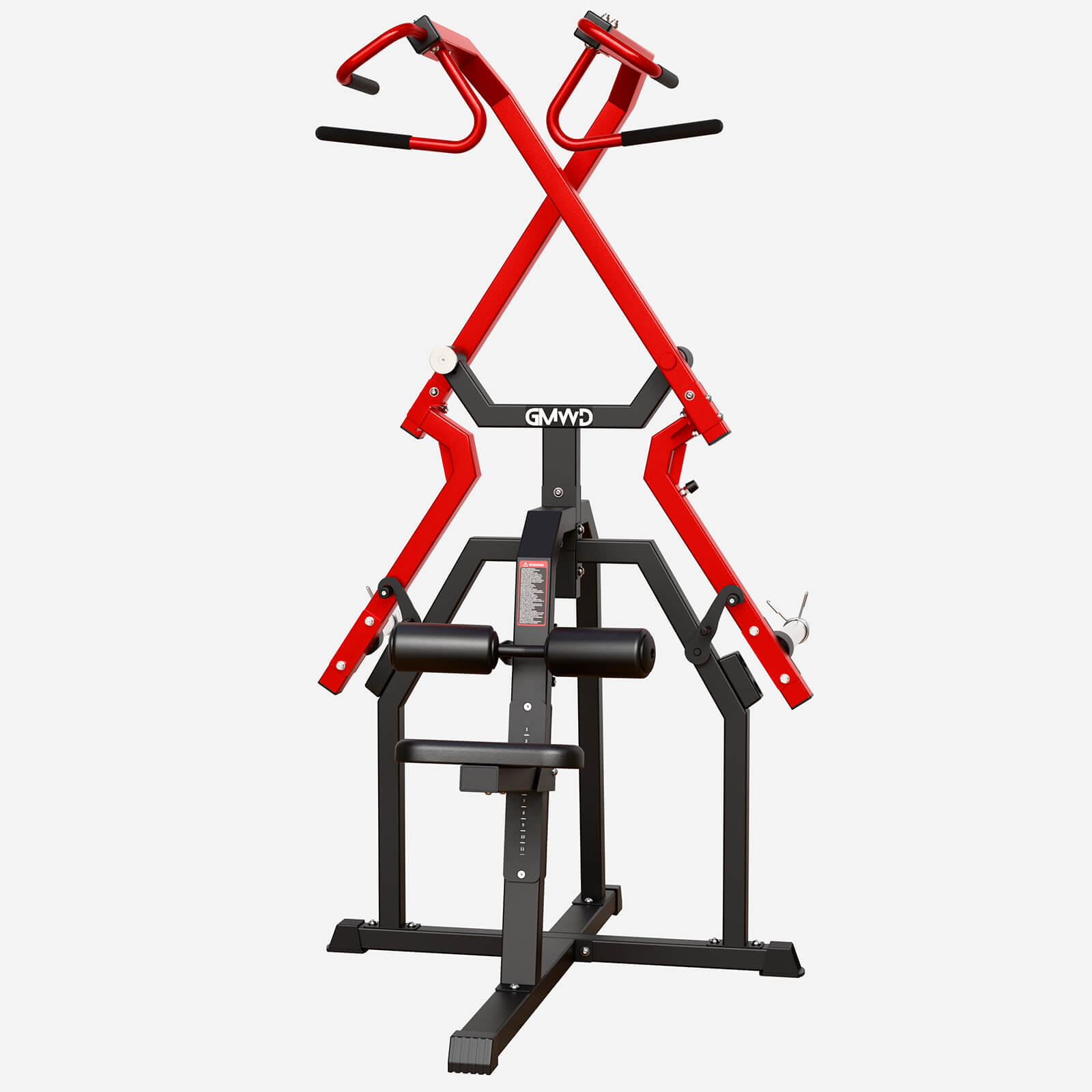
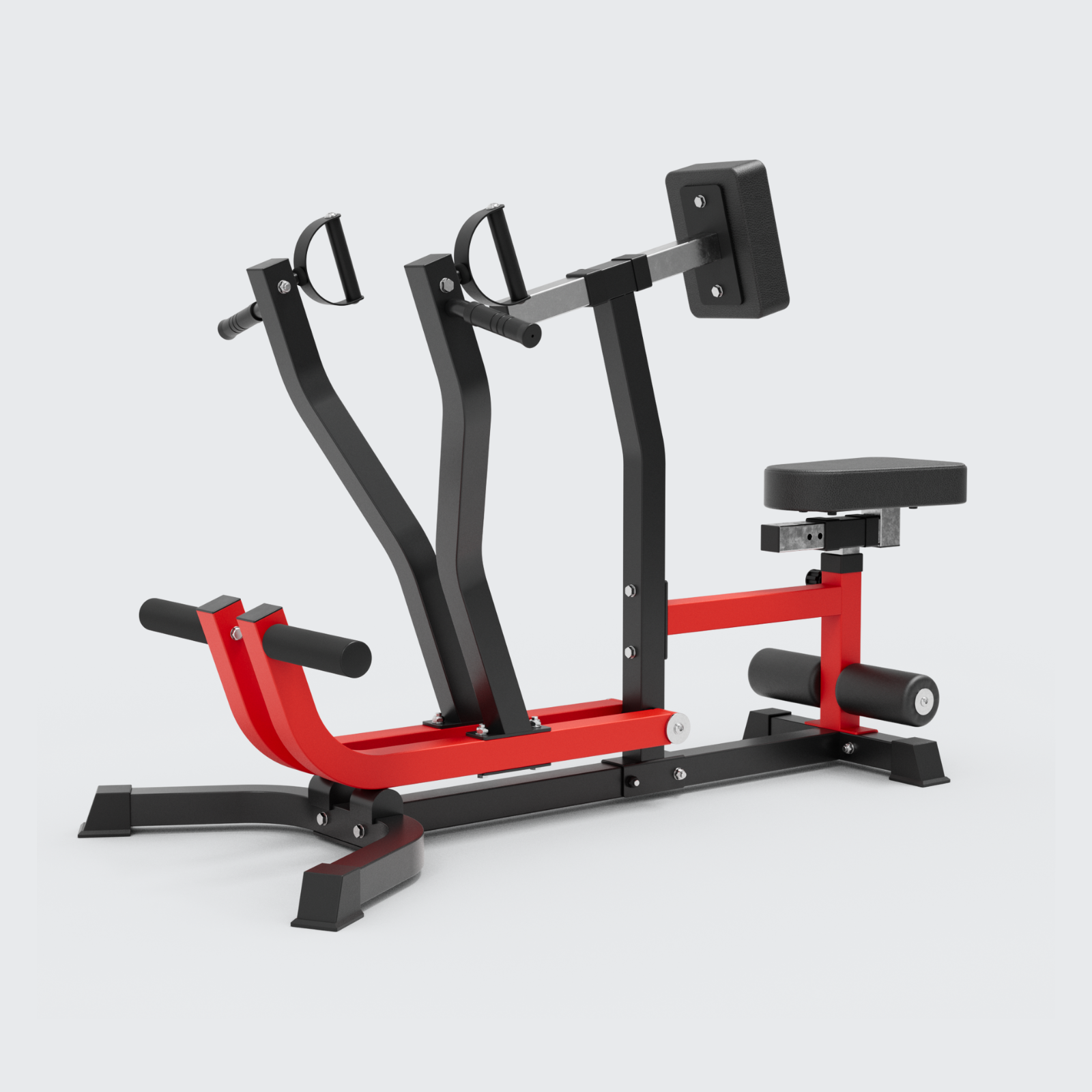
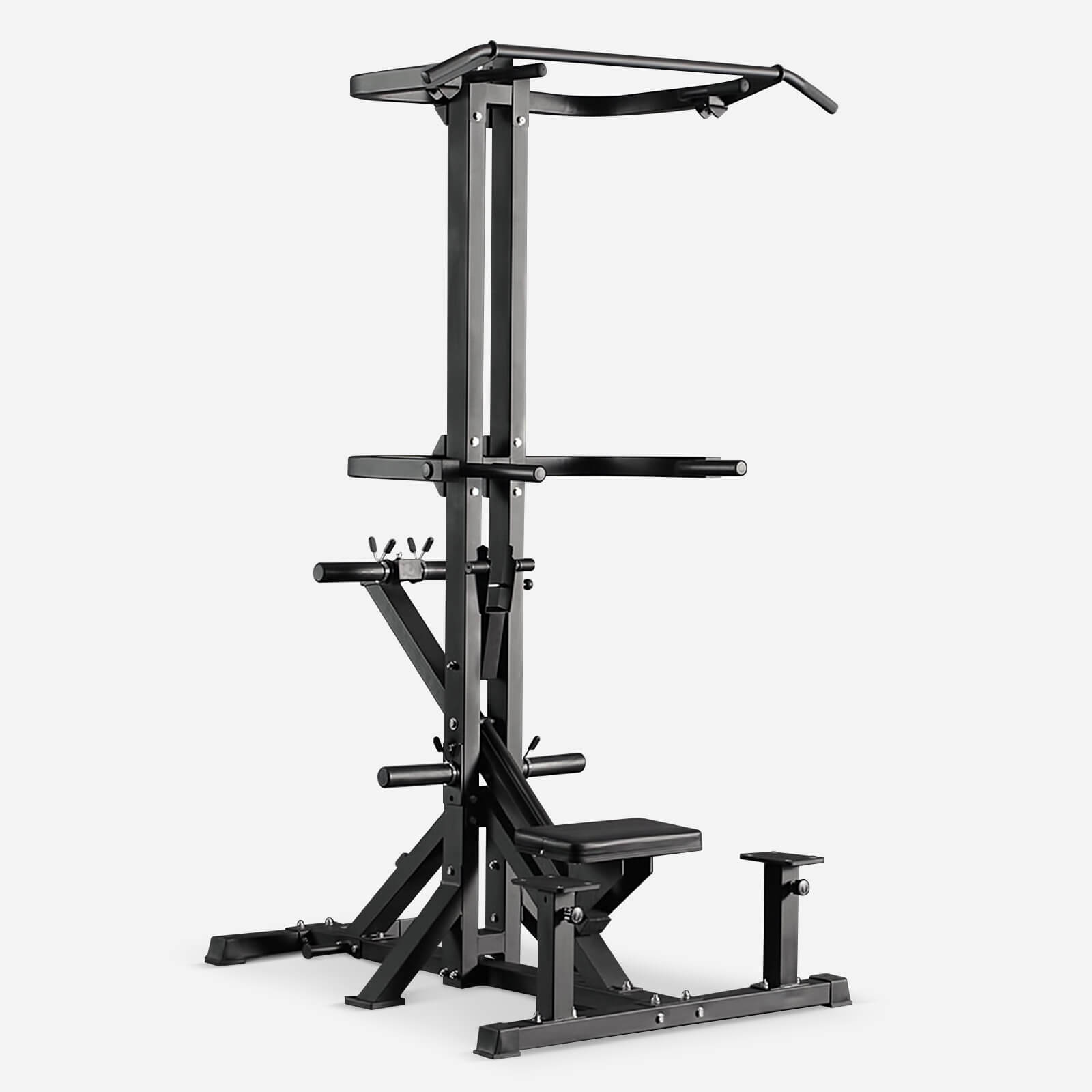

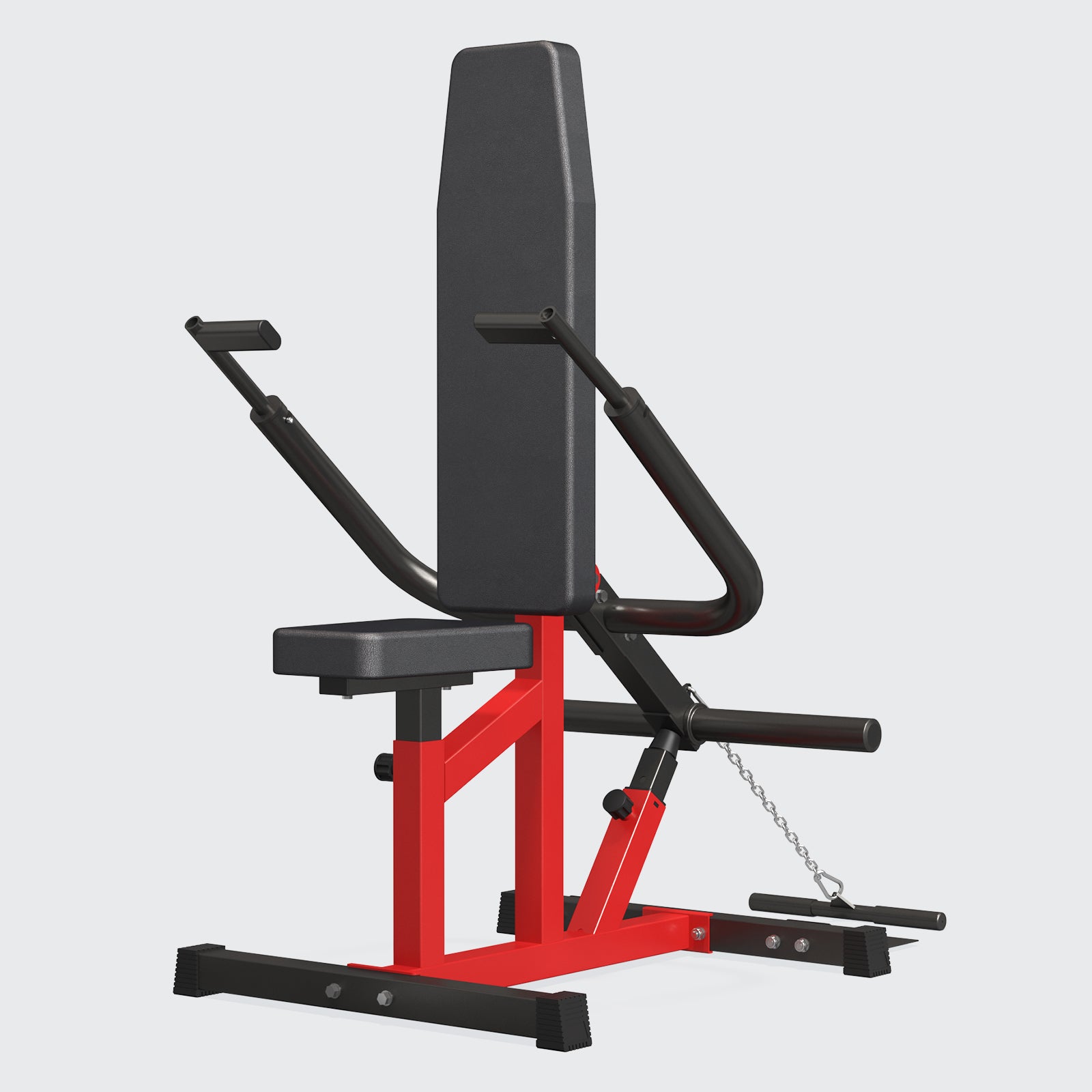
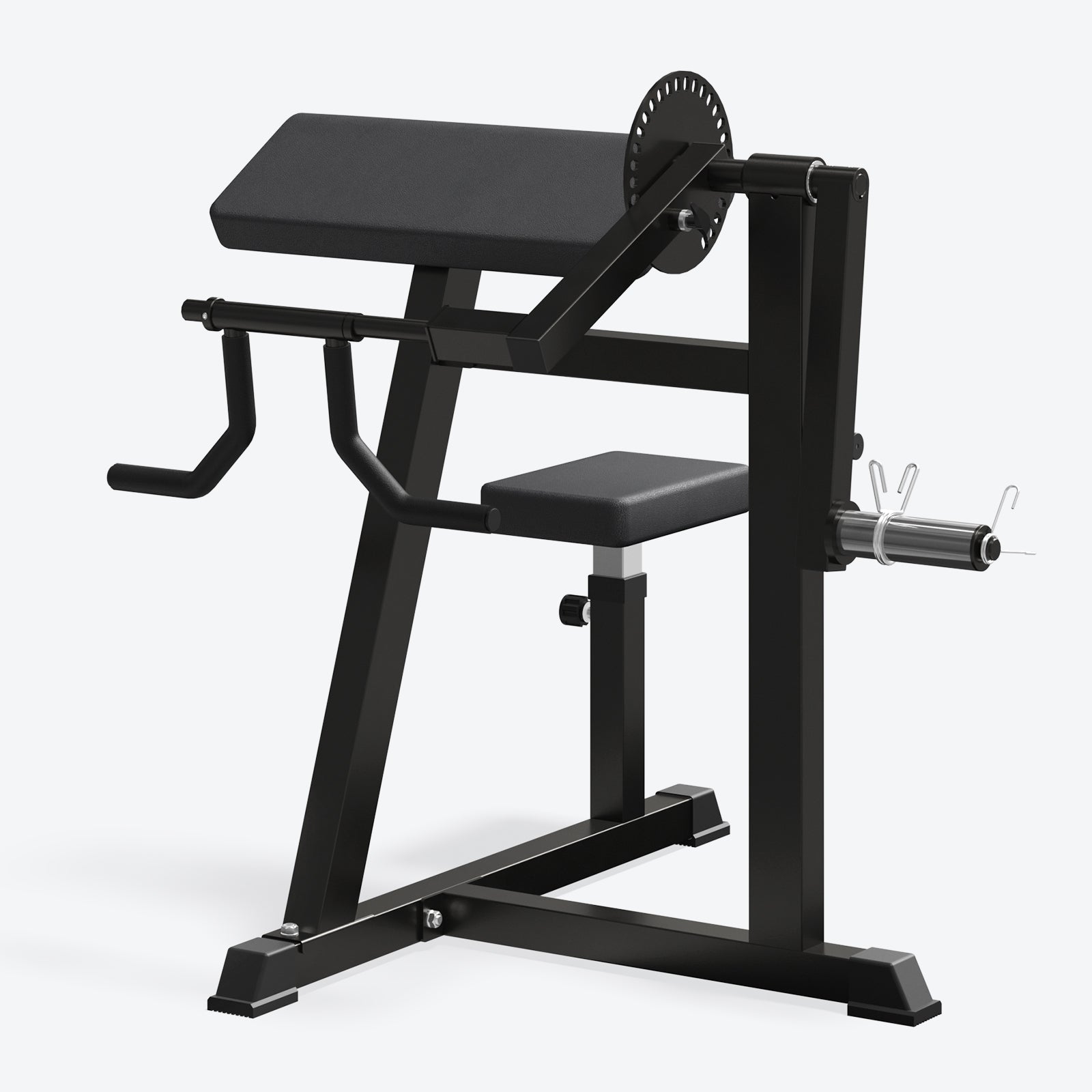
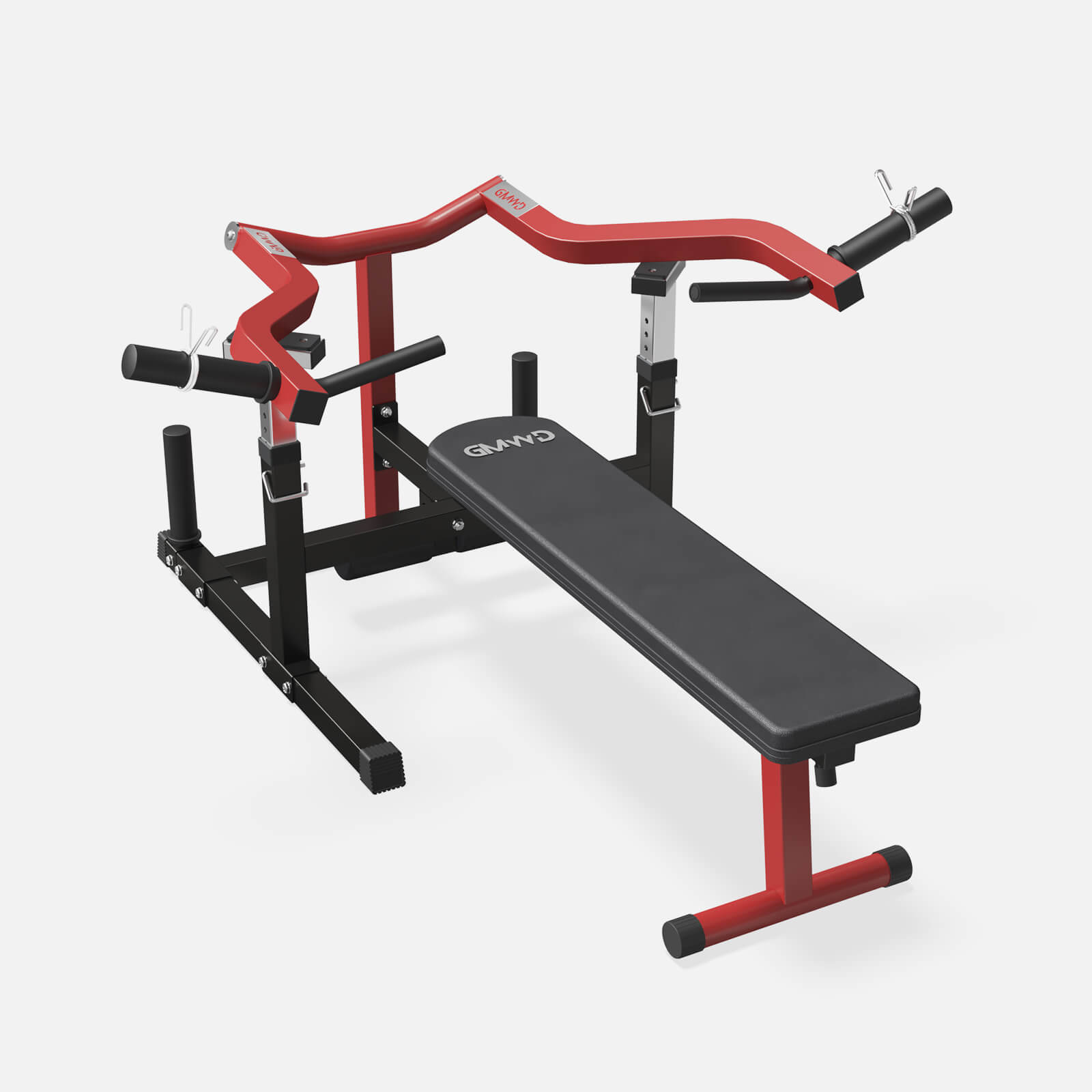
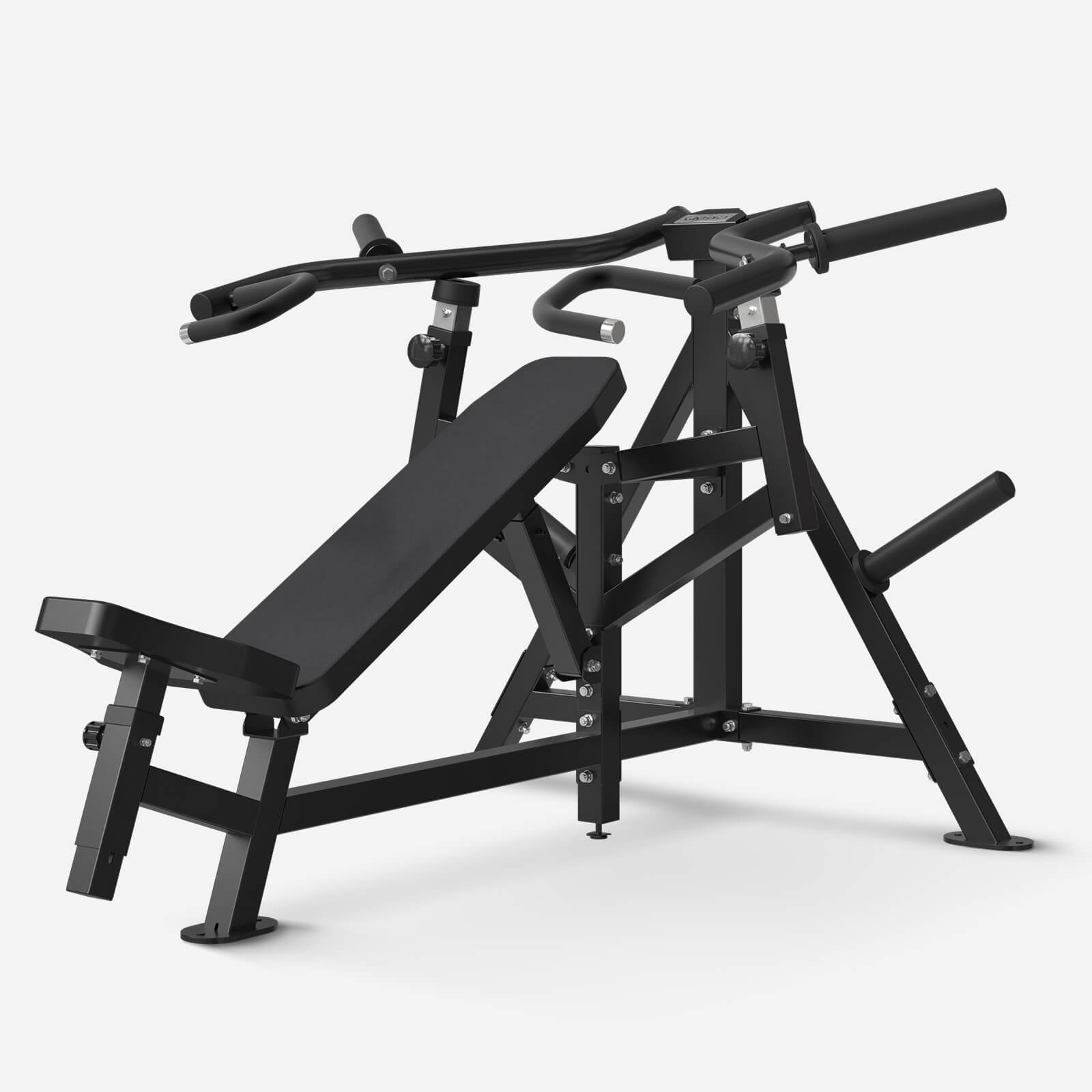
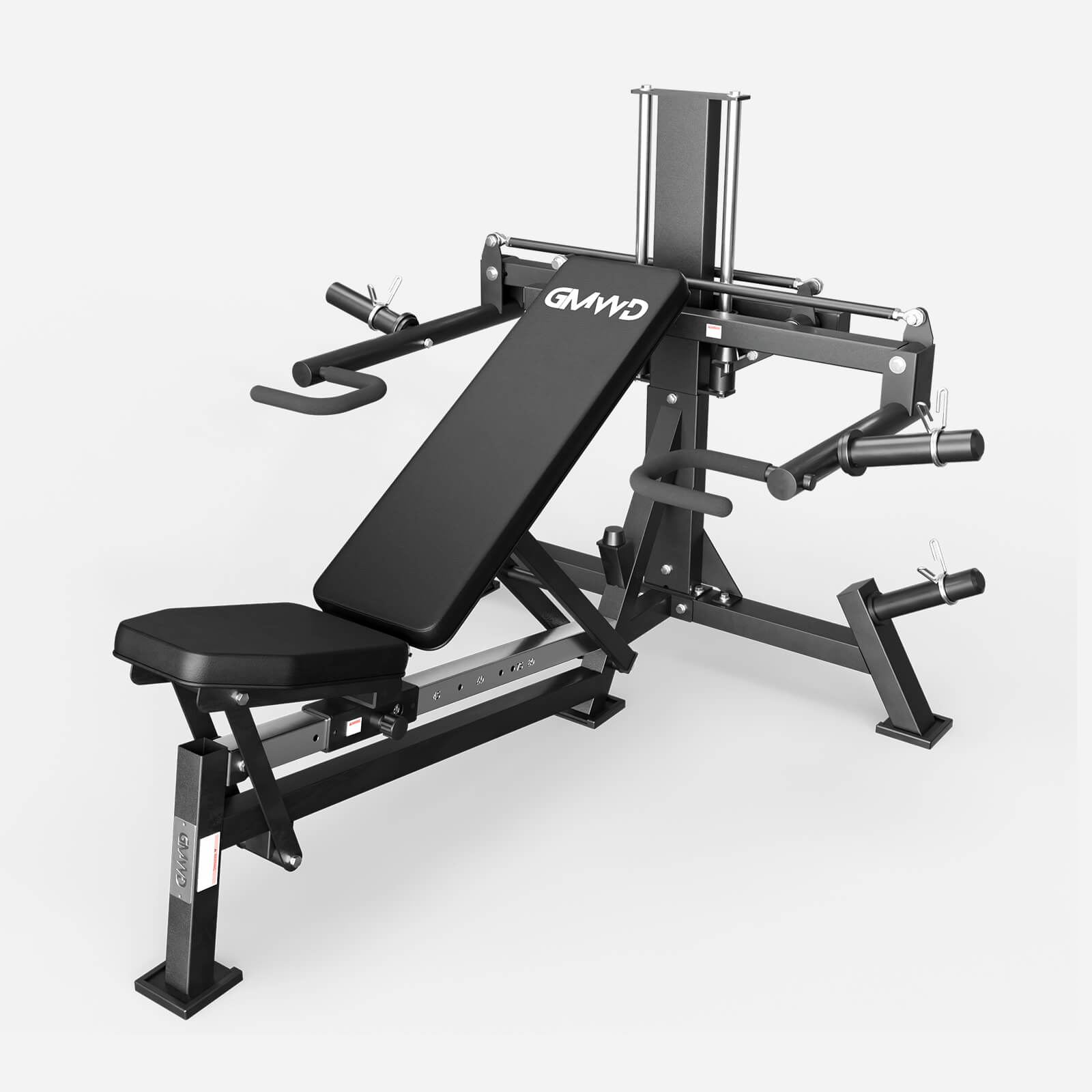
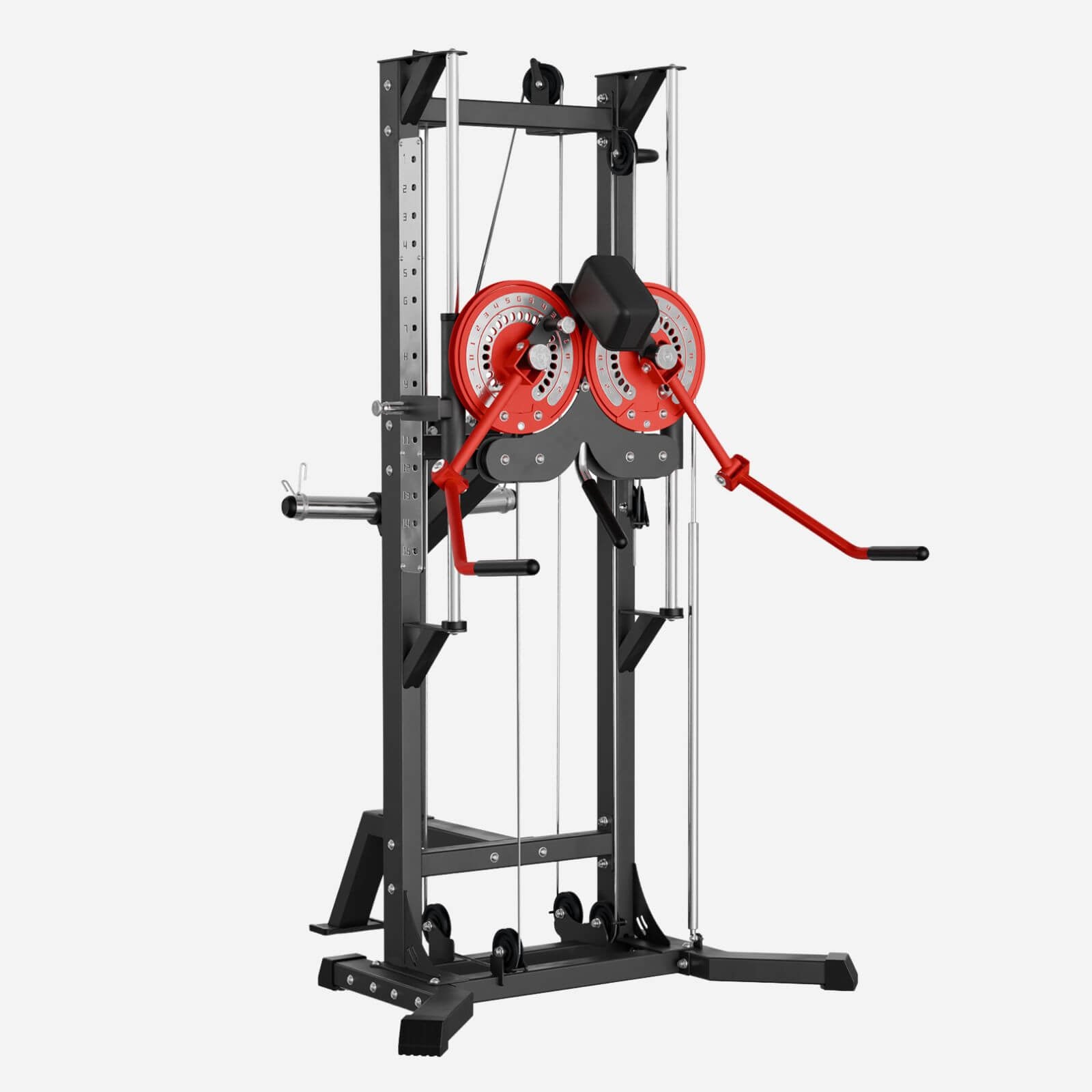
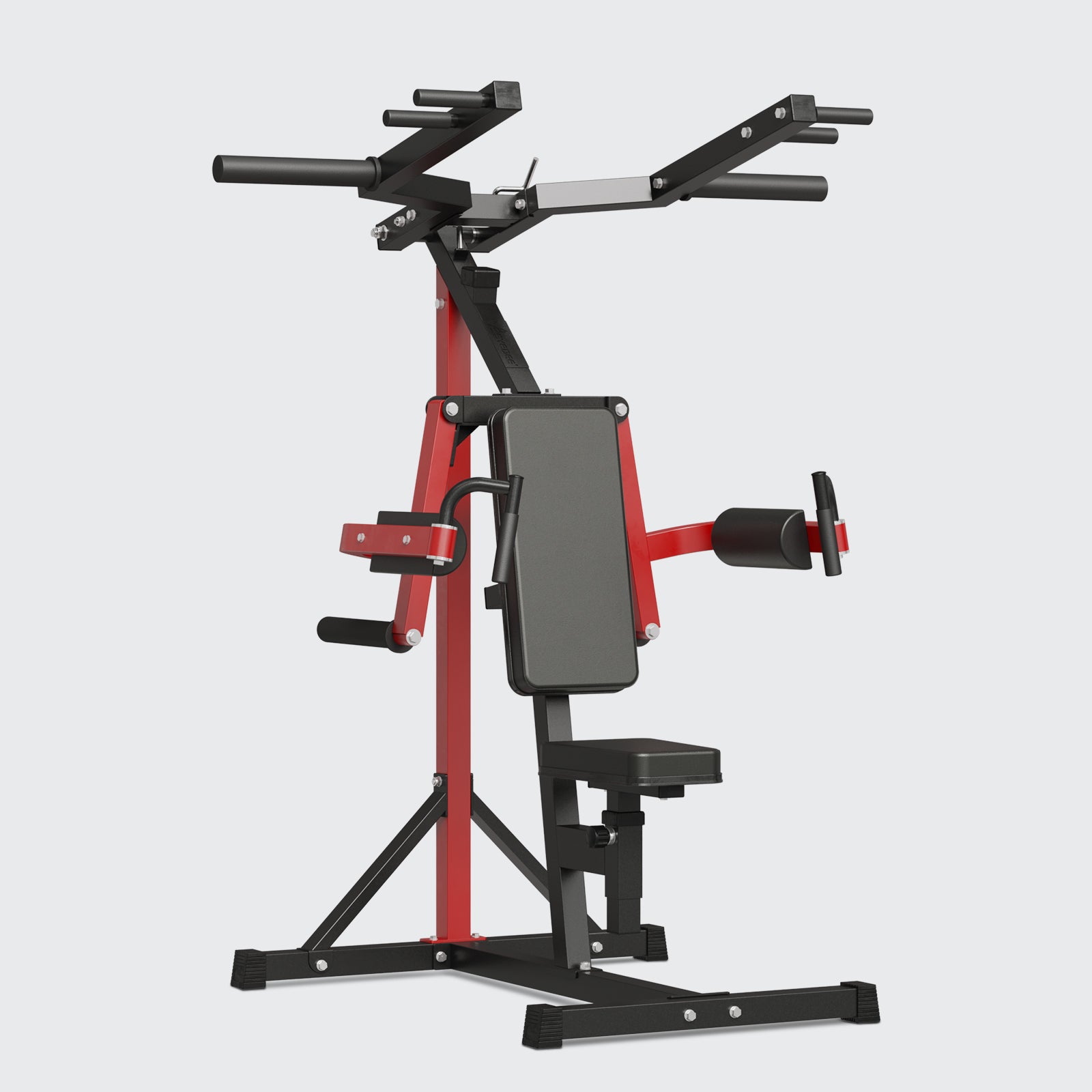
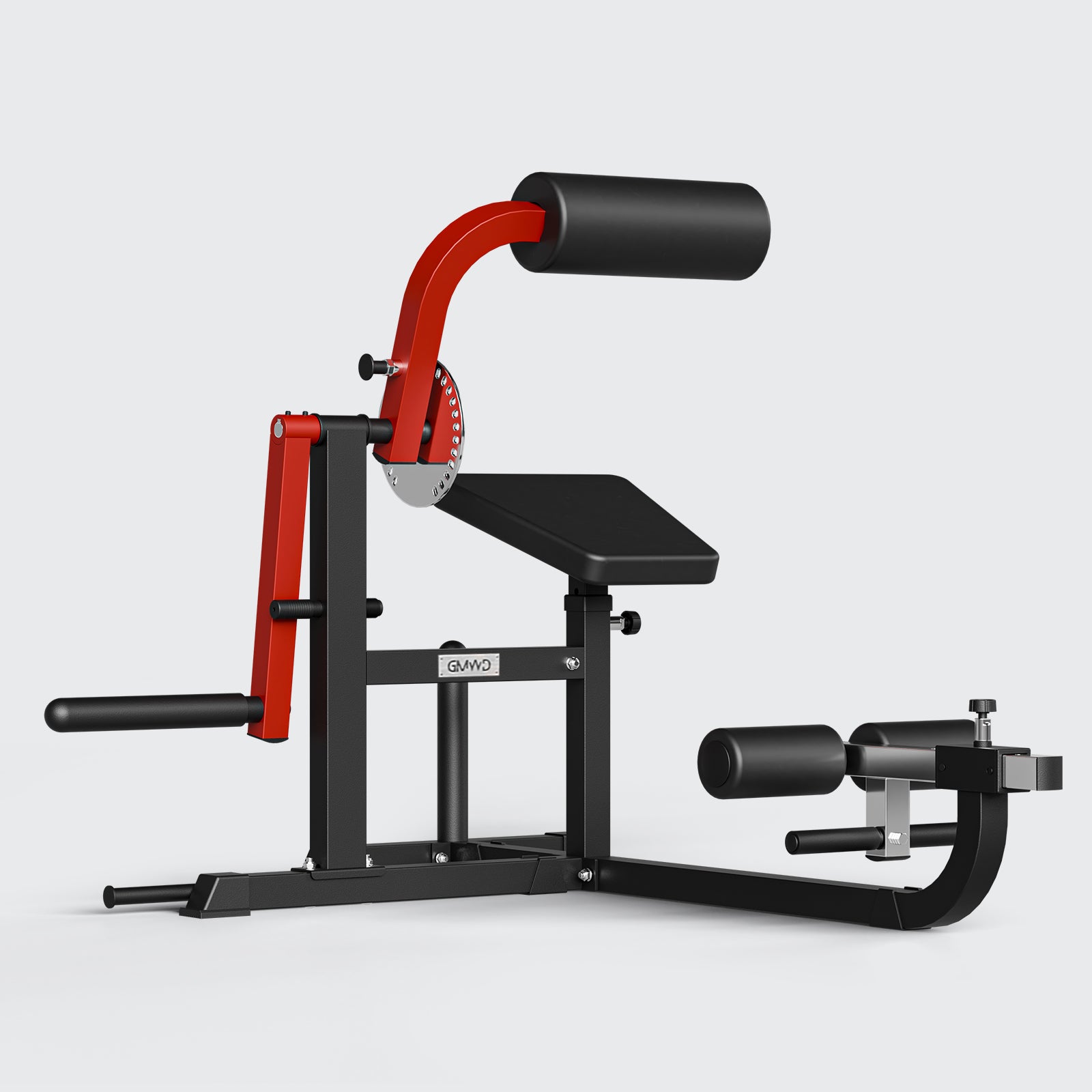
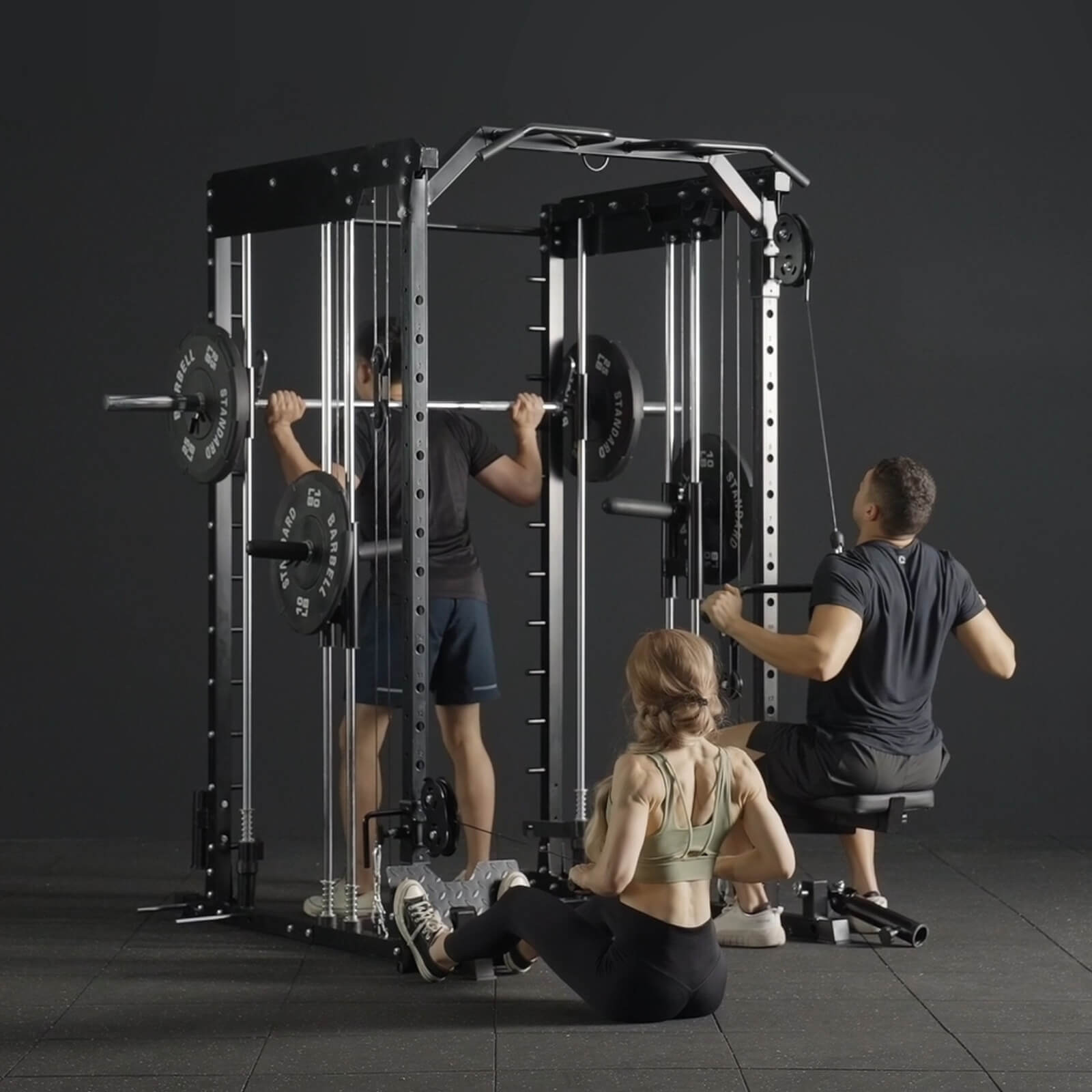
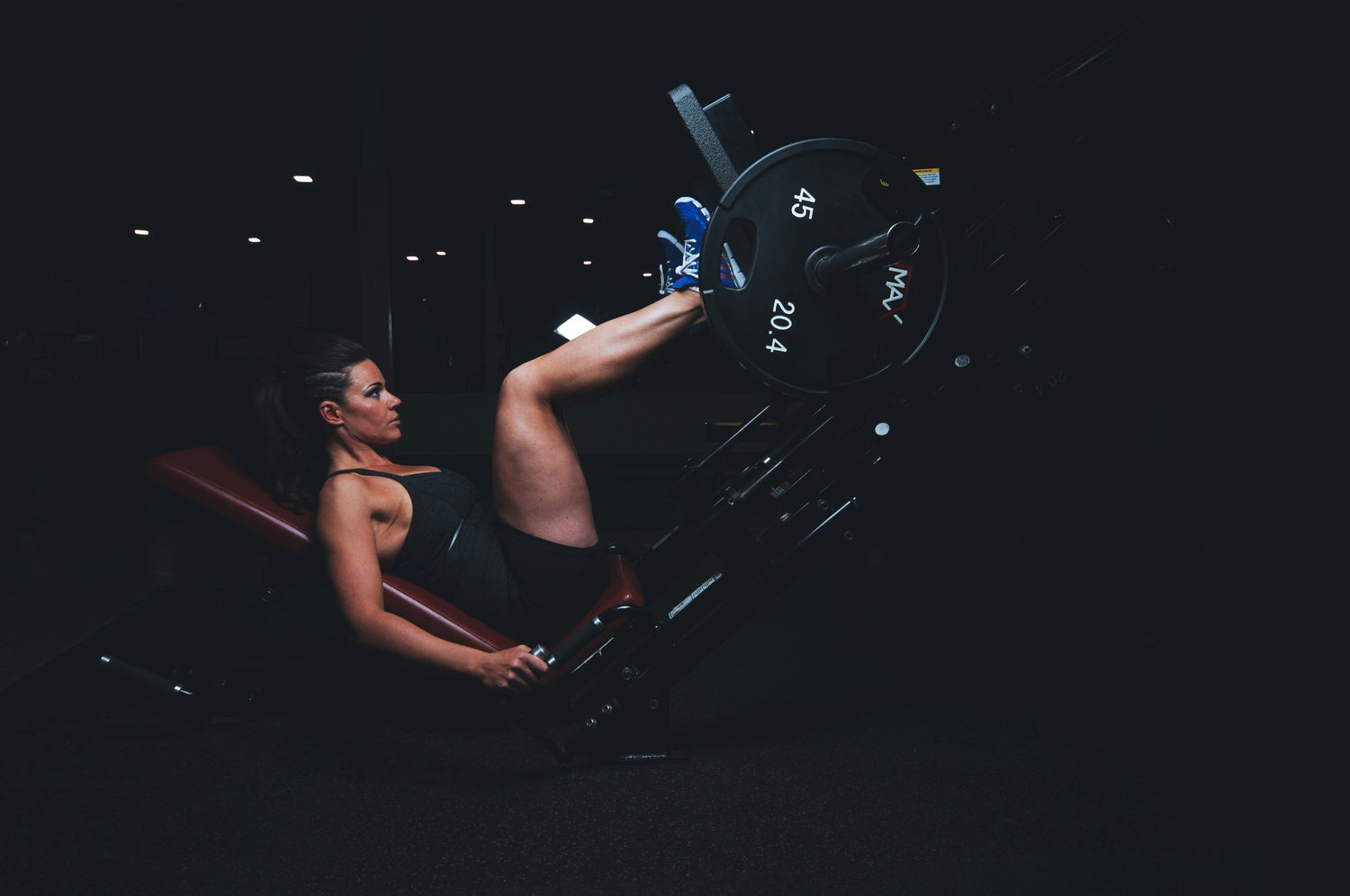
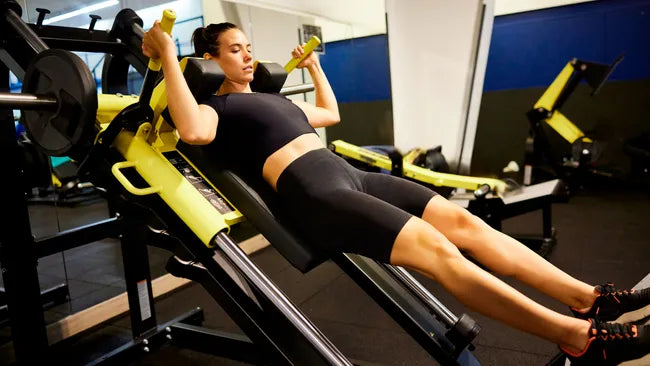
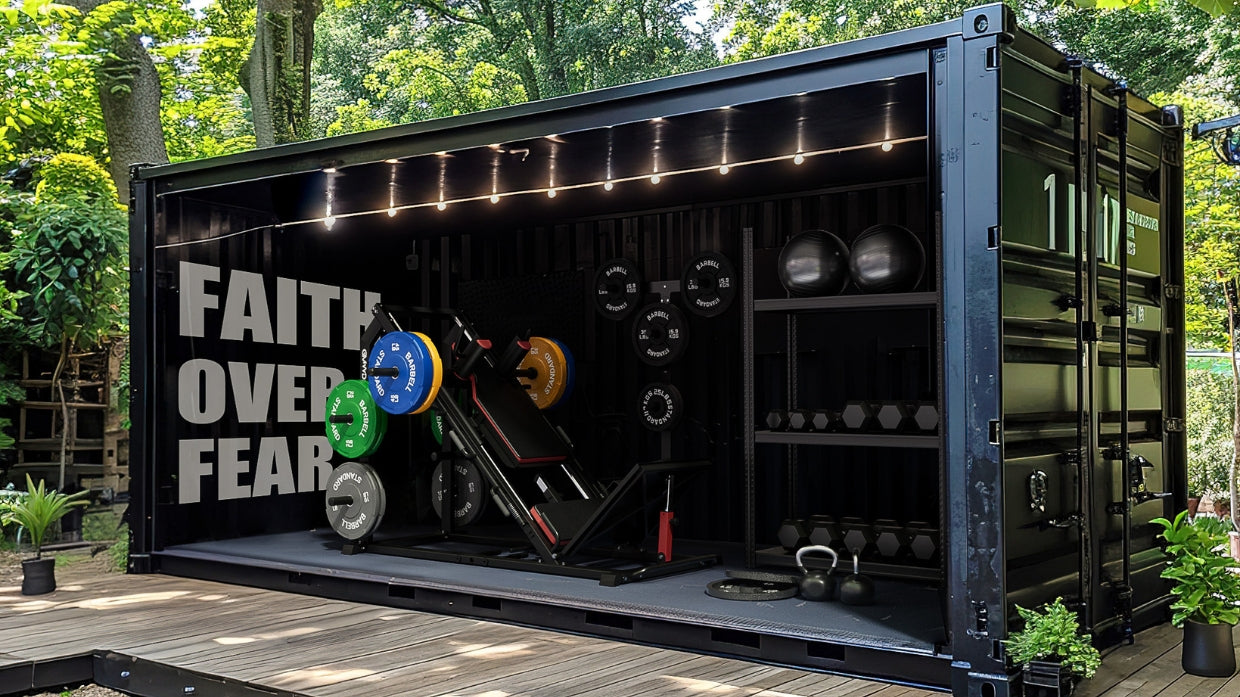
Leave a comment
All comments are moderated before being published.
This site is protected by hCaptcha and the hCaptcha Privacy Policy and Terms of Service apply.